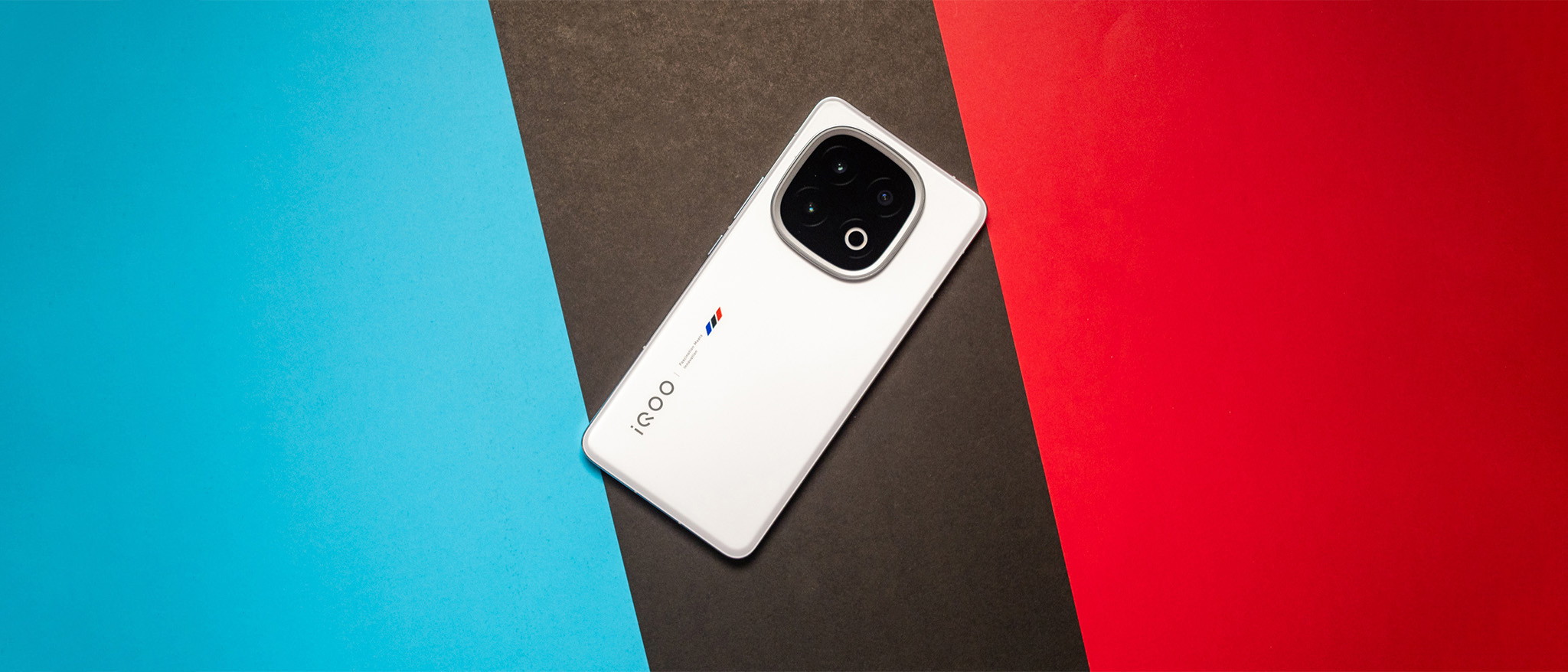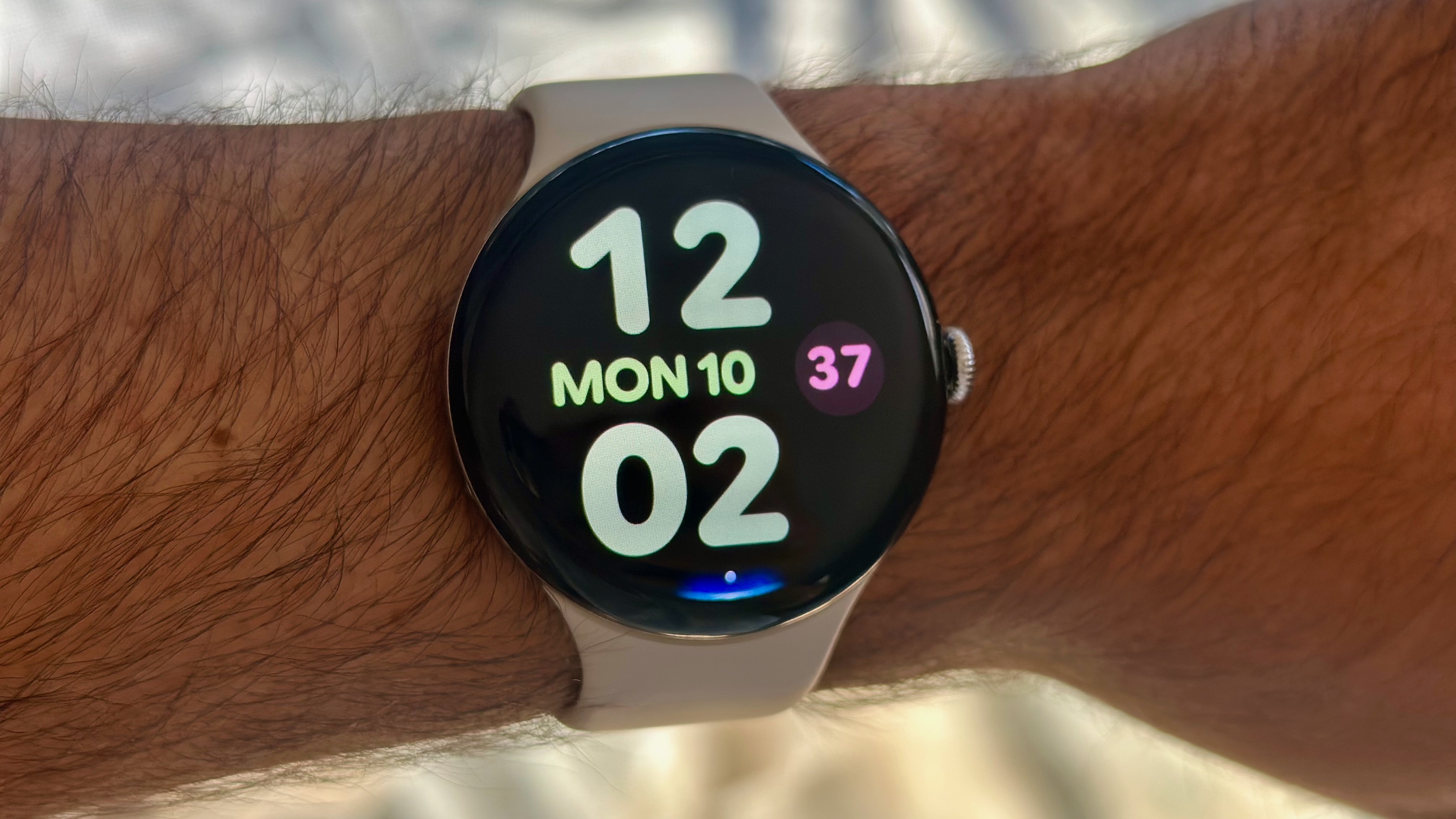Android Central Verdict
The iQOO 13 has considerable upgrades: you get a larger AMOLED panel, and it gets noticeably brighter. It has the latest Qualcomm hardware, and it is a gaming powerhouse. And then there's the battery; the massive 6,150mAh unit lasts two days between charges, and you get 120W charging. The cameras are much better than previous years as well, and you get four Android OS updates. Where's the catch, you ask? There isn't one. Sure, the cameras may not be on par with the best phones, but that's about the only limitation, and considering the phone costs just $630, you're getting an unbelievable bargain.
Pros
- +
Standout performance
- +
Much better AMOLED panel with QHD resolution
- +
Unbelievable battery life with 120W charging
- +
Terrific cameras
- +
Long-term software updates
- +
IP68/IP69 ingress protection
Cons
- -
Cameras not on par with other flagships
- -
Limited global availability
- -
Misses out on 3x zoom
Why you can trust Android Central
Most brands are starting to roll out their flagships earlier this year; the Find X8 Pro is now available globally, the Vivo X200 is set to make its debut shortly, and other phones aren't far behind. Vivo sub-brand iQOO is also getting in on the action, launching the iQOO 13 a month early.
The iQOO 13 retains a similar design as its predecessor, but it comes with a bigger 6.82-inch panel — the same size as the OnePlus 13, incidentally — and you get all-new cameras at the back alongside the latest Qualcomm hardware, and a massive 6,150mAh battery with silicon-carbon tech.
Clearly, iQOO is making a habit out of delivering significant upgrades on a yearly basis, and while I used the iQOO 12 extensively throughout the course of 2024, the iQOO 13 is considerably better in key areas. Thankfully, what hasn't changed is the brand's value-focused positioning — the iQOO 13 is the most affordable phone powered by Qualcomm's new silicon, and that alone makes it worthy of consideration.
iQOO 13: Pricing and availability
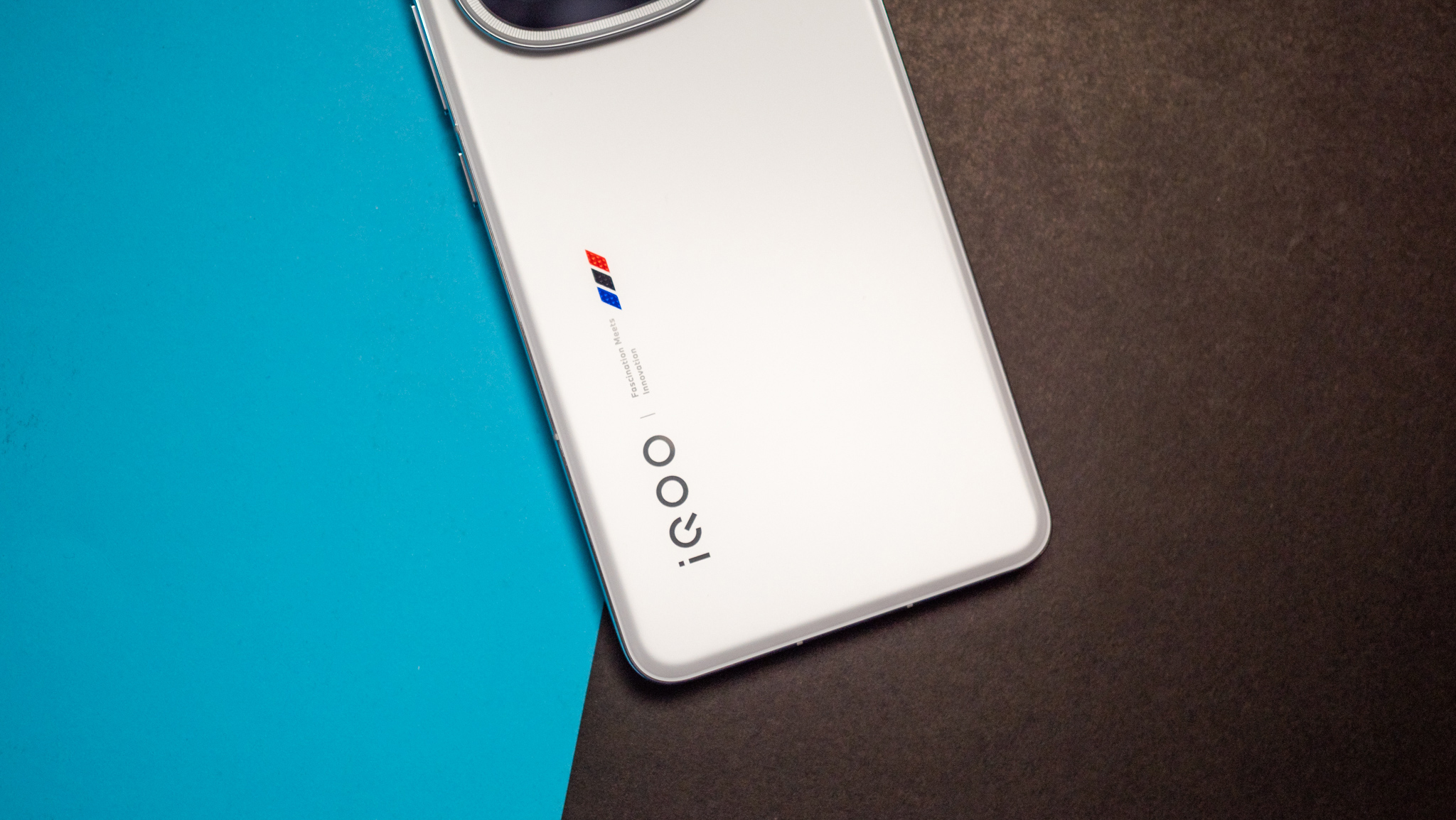
The iQOO 13 was unveiled in China on October 30, and the phone made its global debut on November 28. It is now available in Indonesia, and will be making its way to India on December 3. The global variant is available in 12GB/256GB and 16GB/512GB editions, and both models feature LPDDR5X RAM and UFS 4.0 storage.
I'll have details of Indian pricing shortly, but in Indonesia, the iQOO 13 costs 9,999,000 IDR ($630) for the 12GB/256GB version, and 11,999,000 IDR ($757) for the 16GB/512GB edition.
iQOO 13: Design
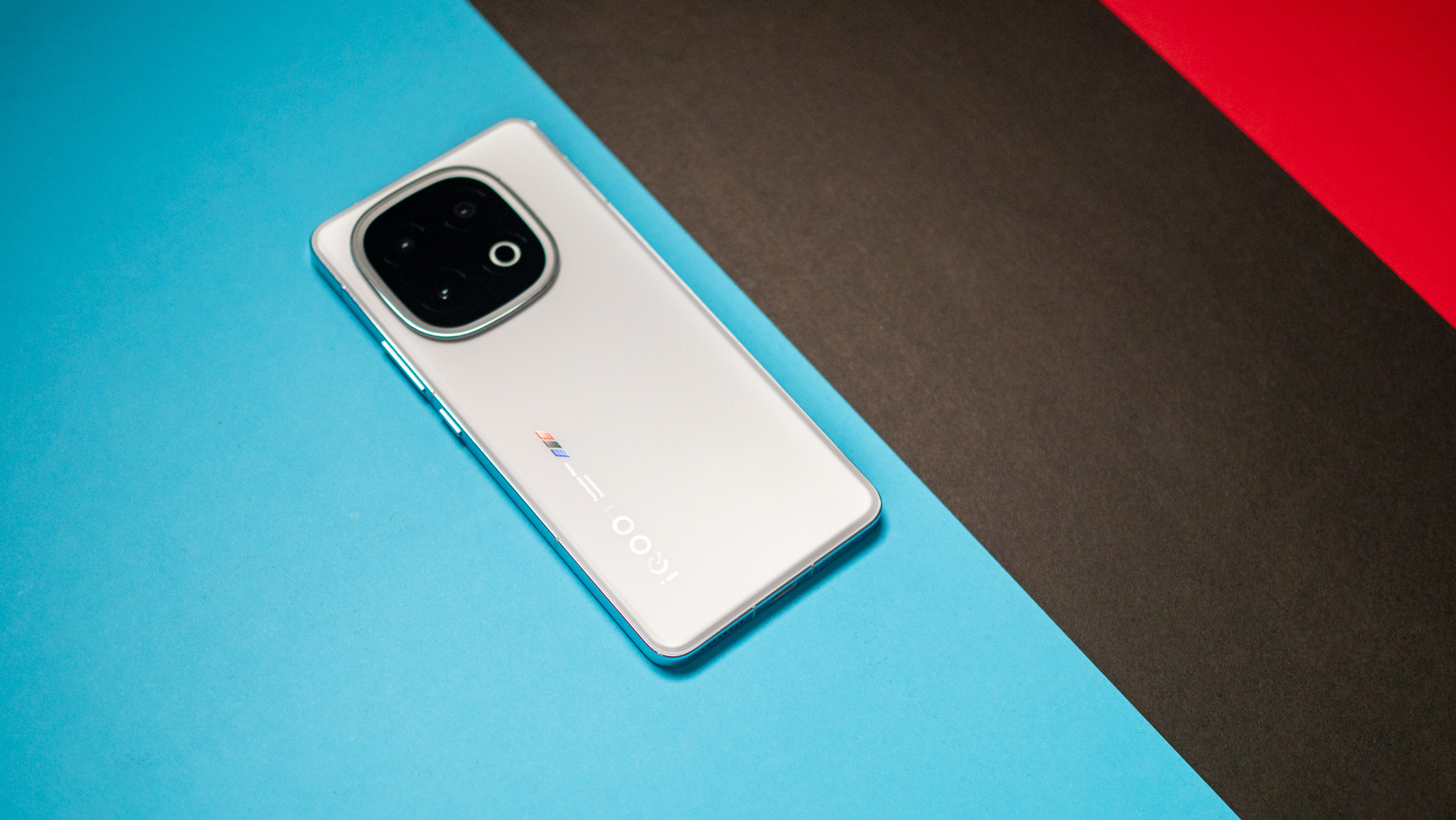
The iQOO 13 is virtually indistinguishable to its predecessor in terms of the design. Both phones share the same overall aesthetic, and you even get the same camera island, albeit with a few minor differences. The biggest change at the back is that the LED flash module now sits within the camera island, creating a cleaner overall look.
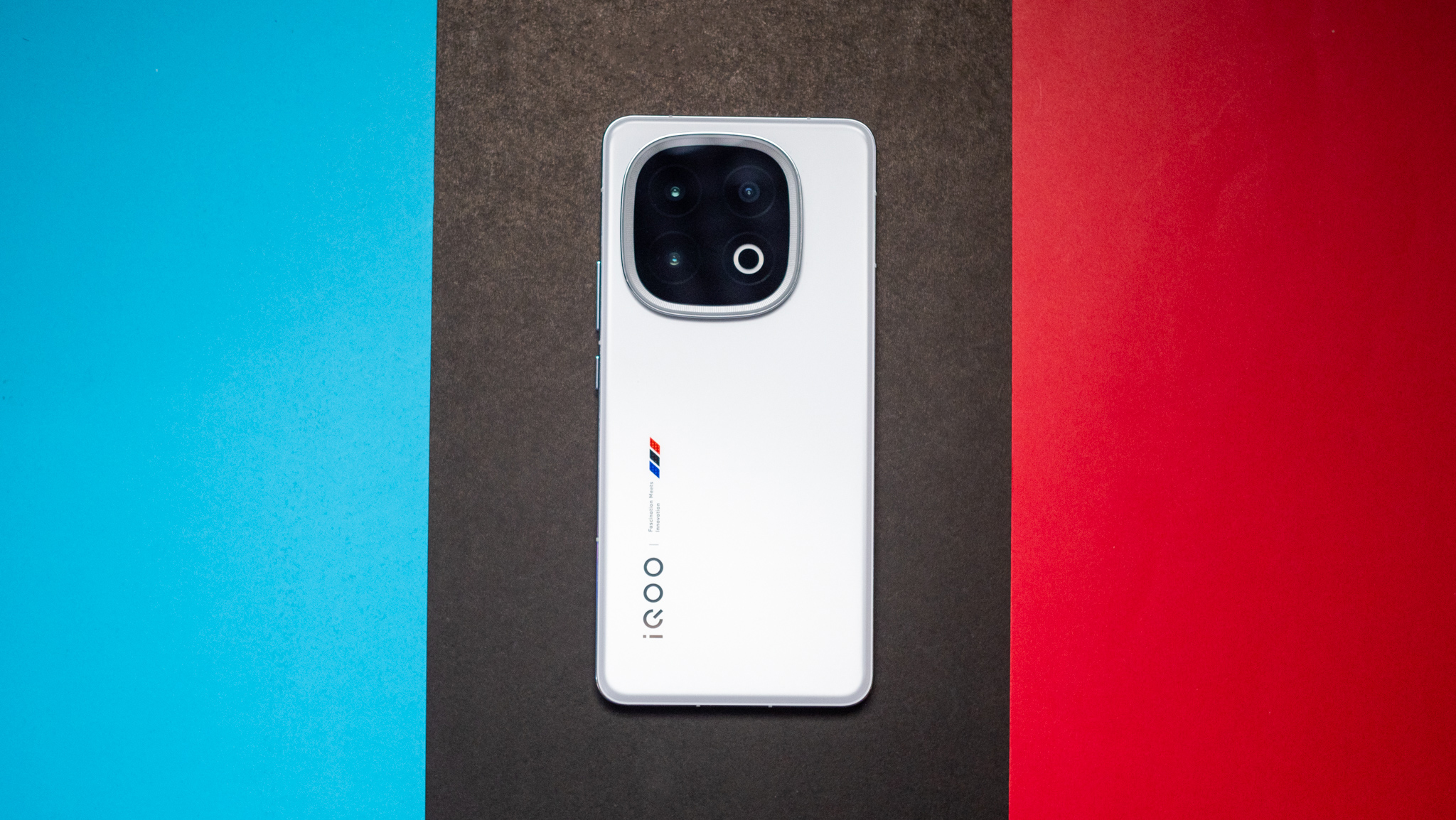
Other than that, the iQOO branding and the brand's tagline — Fascination Meets Innovation — alongside the BMW M livery is now positioned on the left. Outside of these two changes, the design is identical. The camera island is marginally bigger on the iQOO 13, but you'll only notice that if you're using it alongside the iQOO 12.
Get the latest news from Android Central, your trusted companion in the world of Android
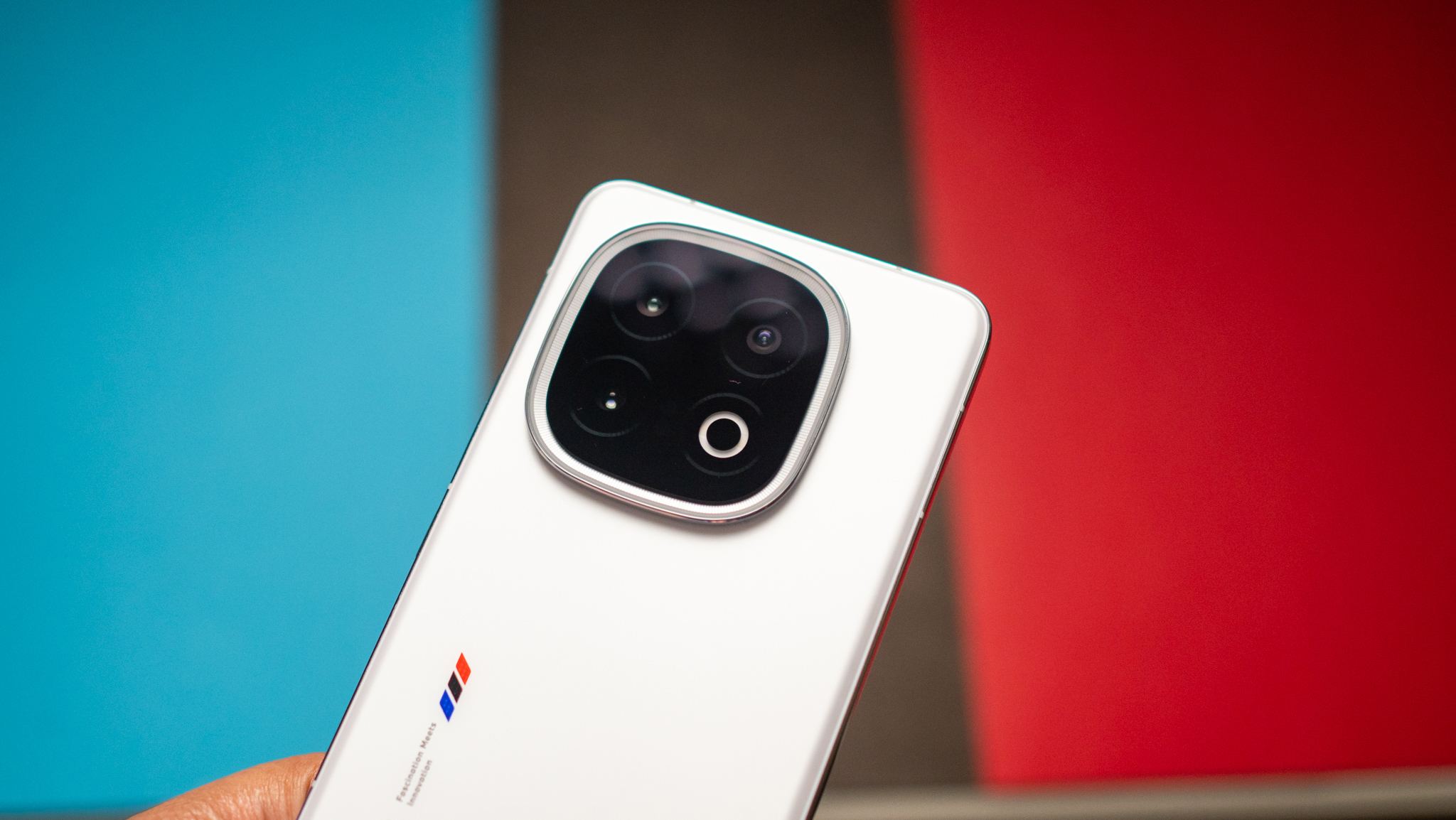
I don't mind that iQOO retained the same design this time; the iQOO 13 looks just as elegant as its predecessor, and the white color variant (it's called Legend) is striking. While the phone still has flat sides, it has subtle bevels where it meets the back, and that makes using the phone much more comfortable. It's a small thing, but you easily notice the difference when switching between the iQOO 12 and 13.
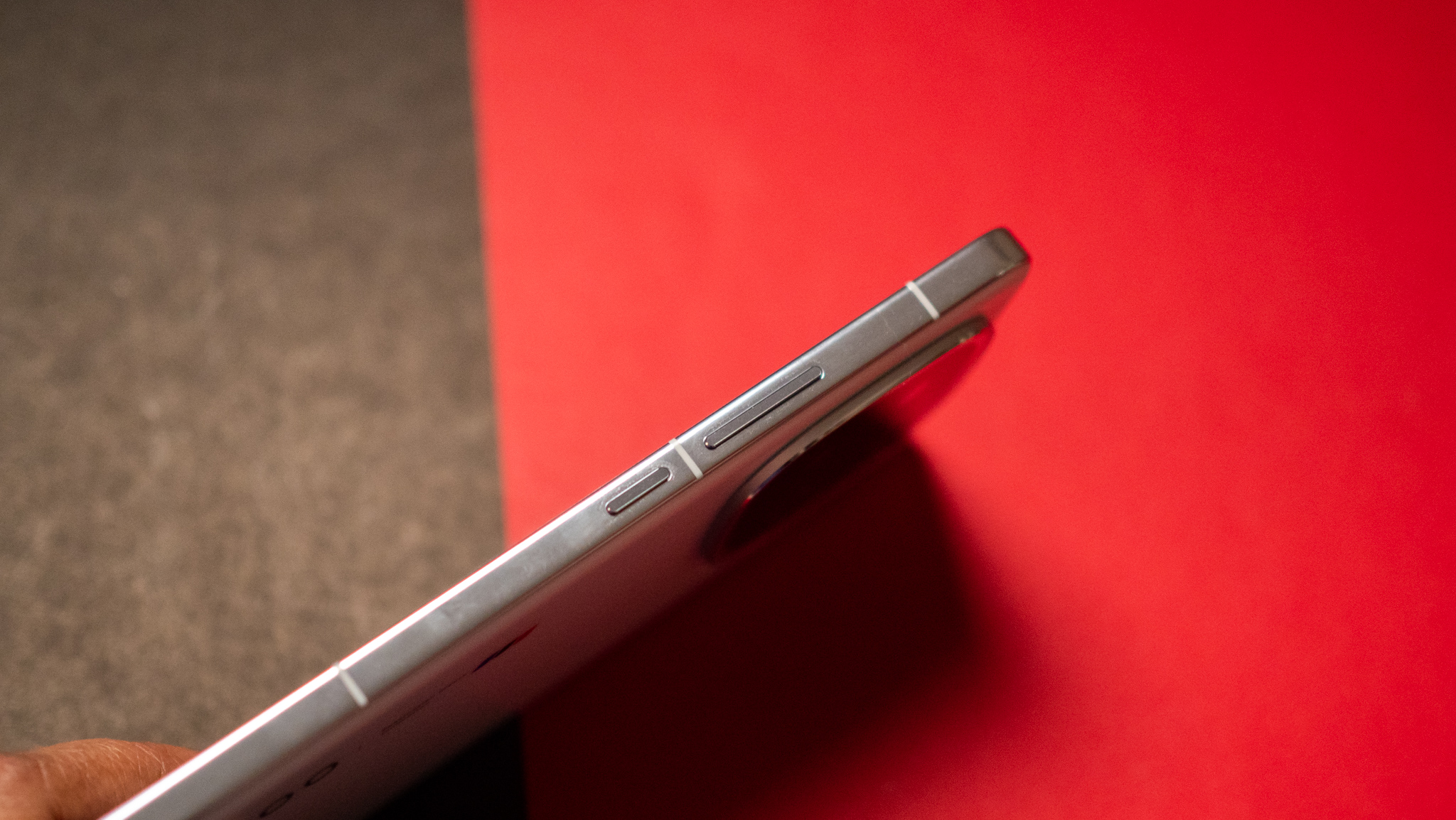
The sides are made out of aluminum, and the glossy coat isn't to my liking. Thankfully, the glass back has a matte texture that feels great, and it doesn't pick up smudges. The phone itself is a smidgen wider than the iQOO 12, and that's because it has a larger 6.82-inch panel. Considering the increase in size, it's good to see iQOO retaining similar dimensions.
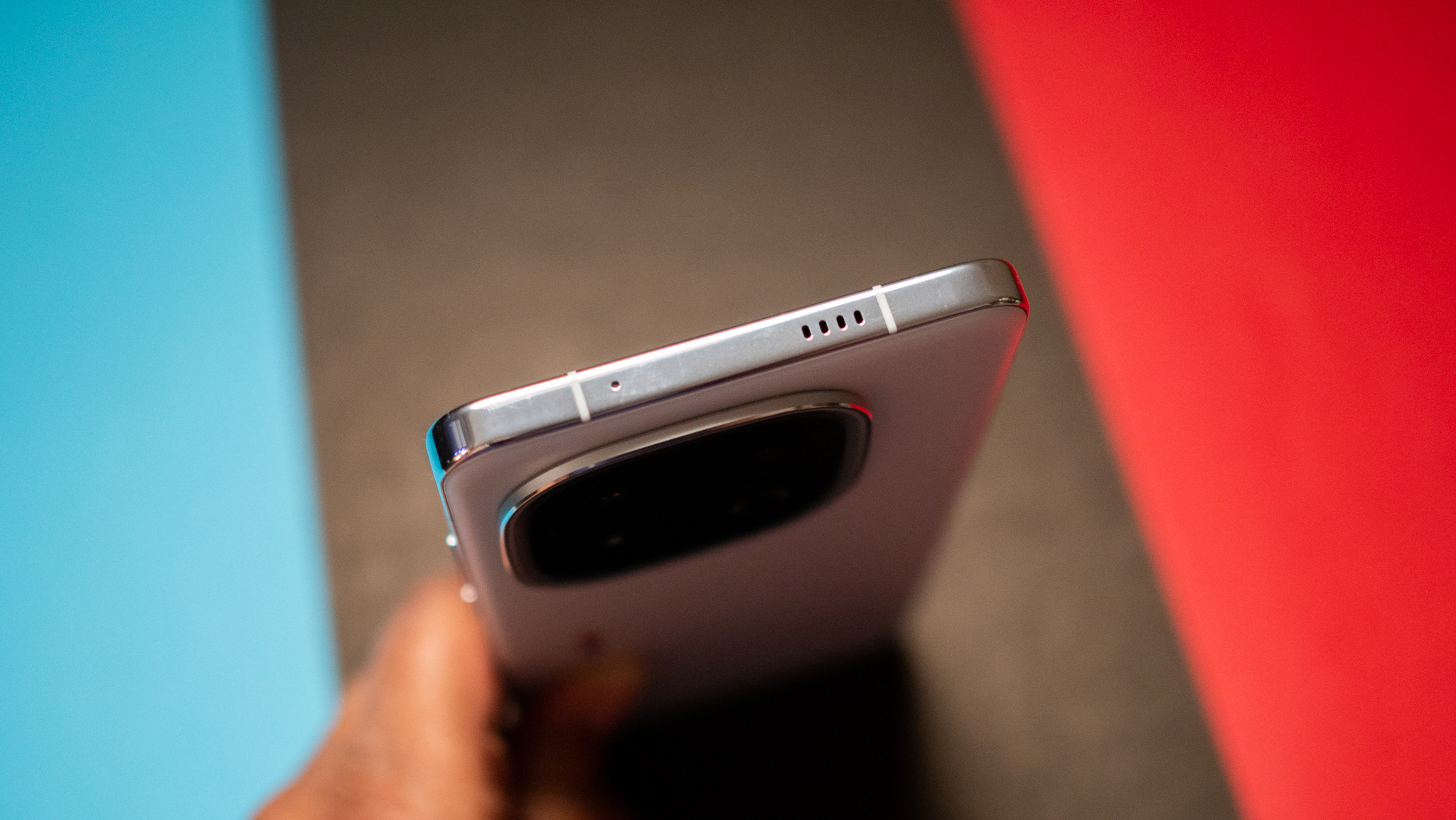
But the most impressive achievement is that the phone is 0.4mm thinner while still featuring a massive 6,150mAh battery — 1,150mAh more than the iQOO 12. It is 10g heavier, and while you notice the added heft, it isn't unwieldy, and it's still 8g lighter than the Pixel 9 Pro XL while giving you a much bigger battery.
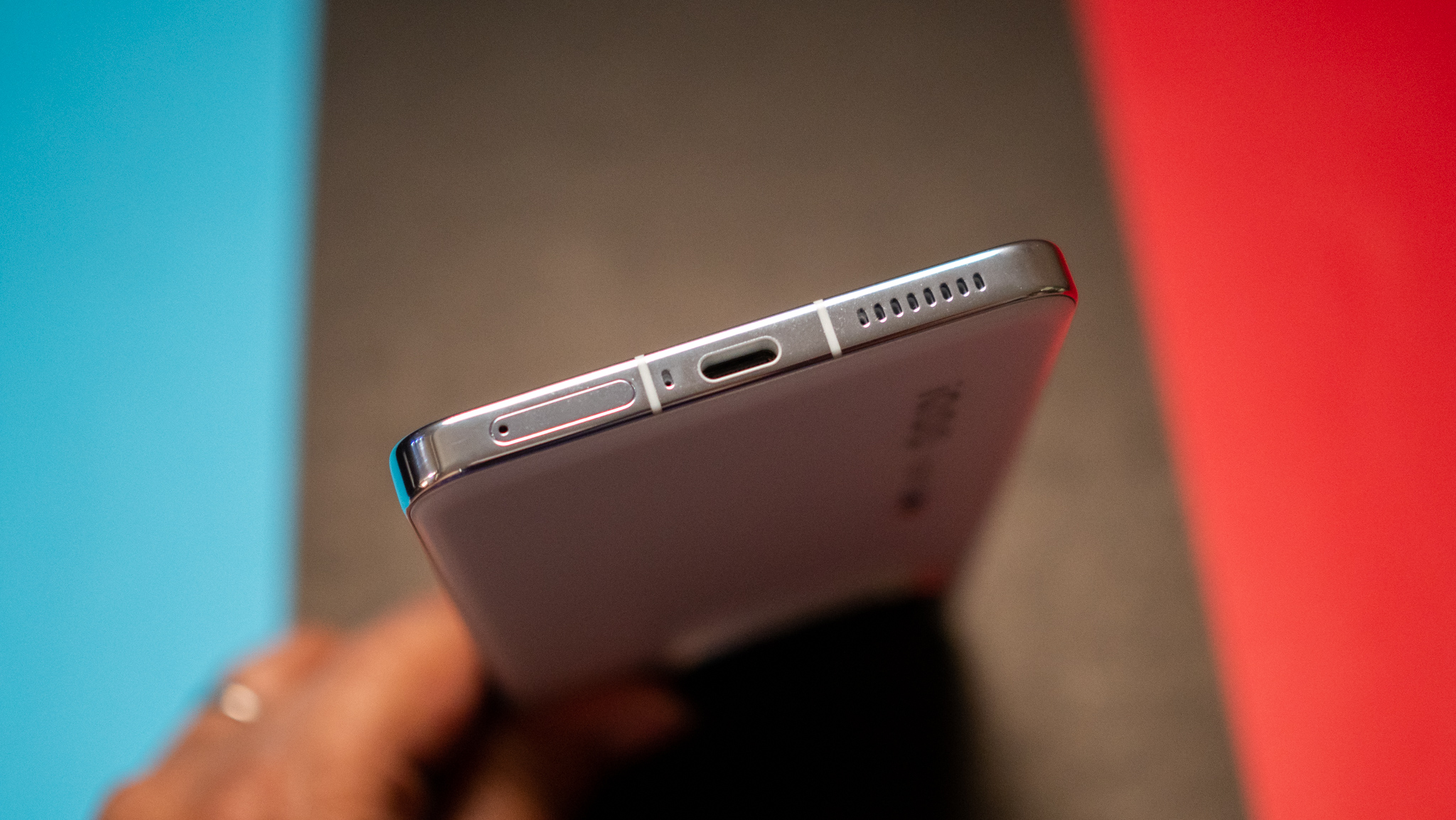
The power and volume buttons are on the right, and you get the USB-C port and SIM card tray at the bottom. The iQOO 13 has stereo sound, and you get a dedicated channel up top that makes a considerable difference. The IR blaster is also located at the top, and it holds up just as well as other Vivo and iQOO phones I used.
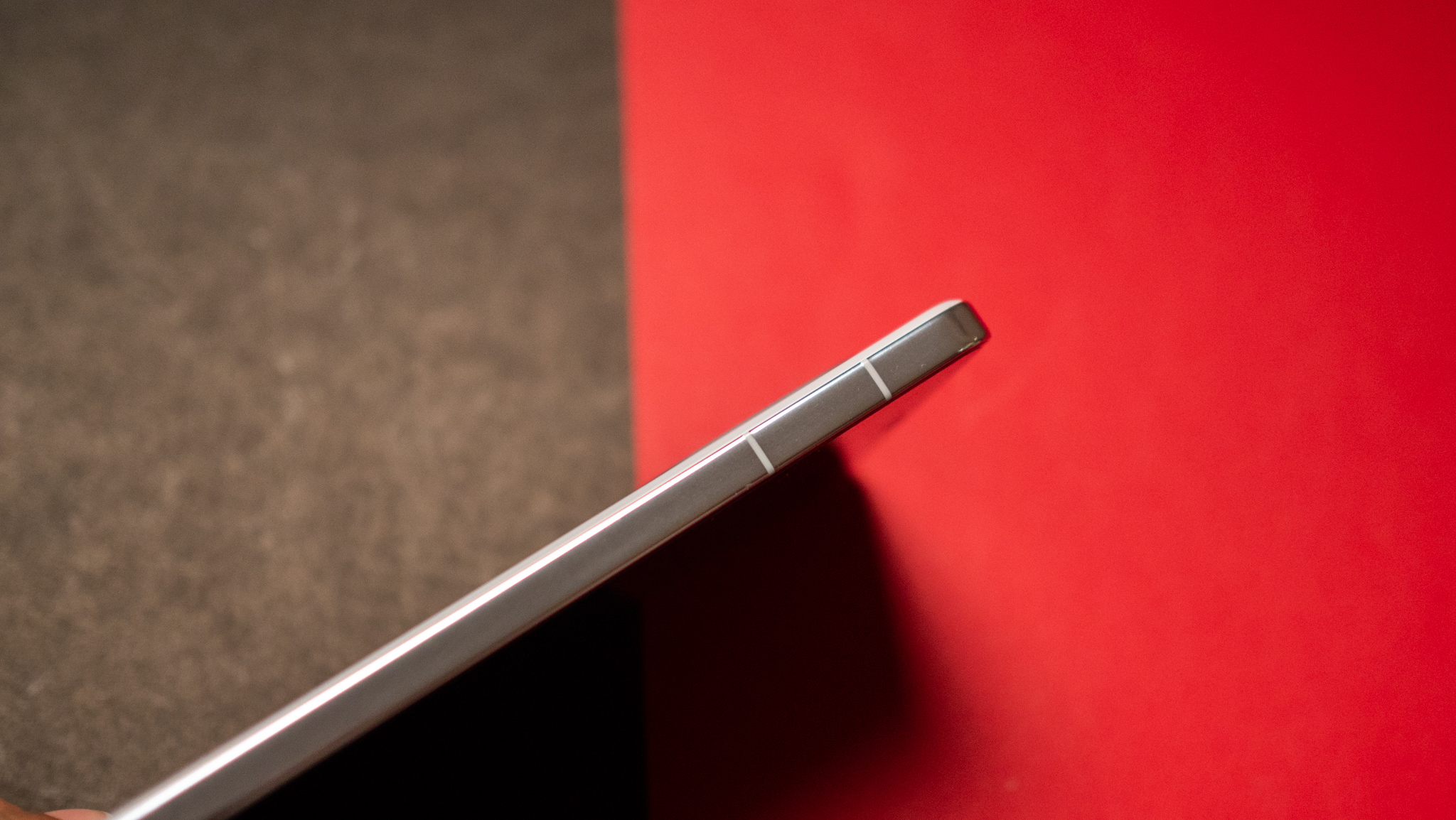
Interestingly, iQOO went with an ultrasonic fingerprint sensor this time around, and unlike the module on Samsung phones, it is actually usable and fast. It's using a Goodix sensor — like Vivo phones — and I didn't see any issues with authentication. Notably, it is positioned just right to access one-handed, unlike several devices I tested this year (looking at you, Find X8 Pro).
Another area where the iQOO 13 has a considerable advantage is ingress protection; the device has IP68/IP69 dust and water resistance as standard, and that's on par with the best Android phones. On the whole, the iQOO 13 is one of the better-looking devices around, and while you don't get a brand-new design, the device is still stylish.
iQOO 13: Display
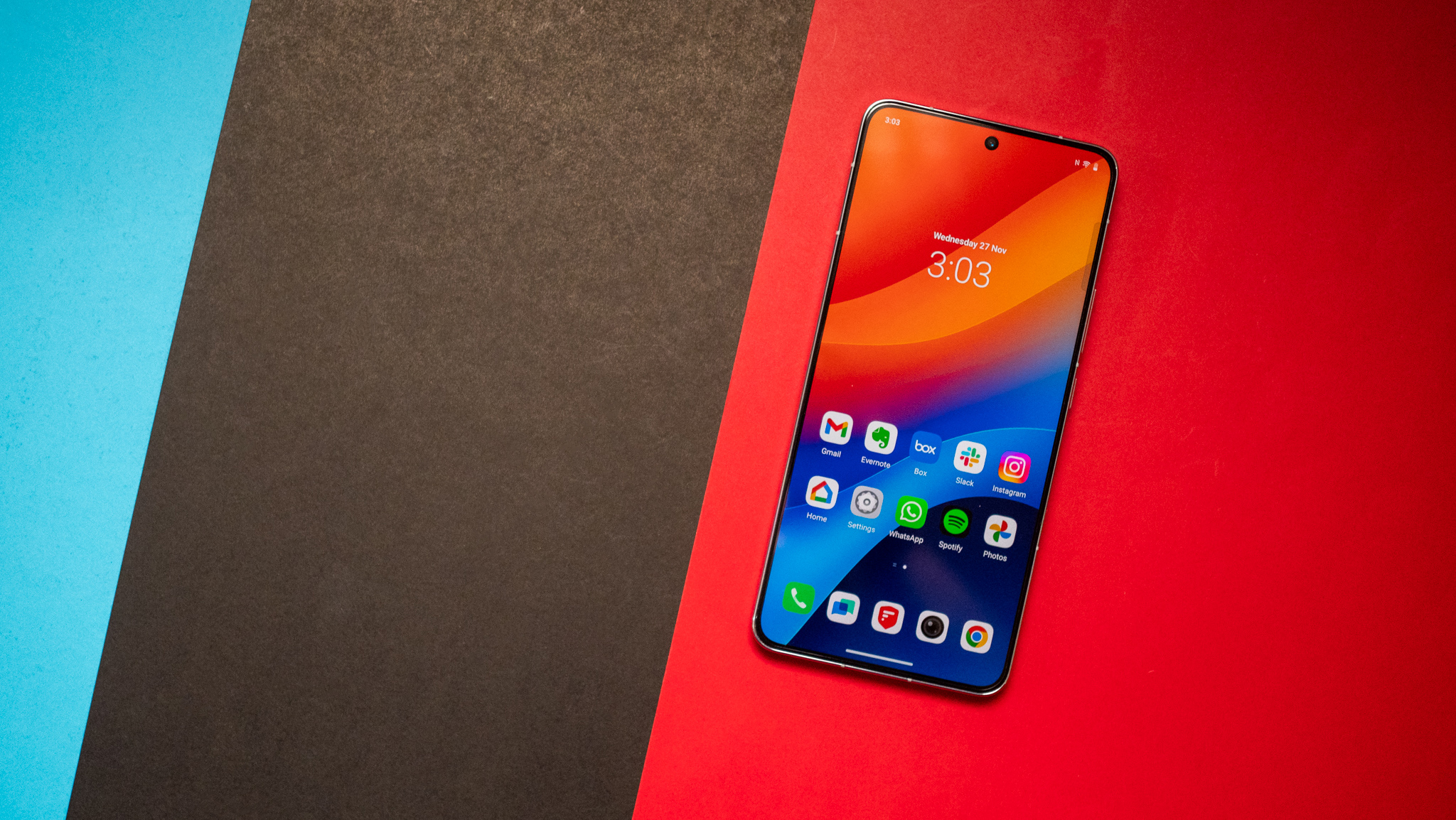
Although the design itself hasn't changed, an area where the iQOO 13 has a considerable upgrade is the screen. You now get a bigger 6.82-inch AMOLED panel, and the refresh rate is increased to 144Hz, but that's in select use cases — most of the time, it's down to the standard 120Hz. The panel is noticeably brighter than last year — going up to 1800 nits in HBM mode — and while it doesn't quite match the Pixel 9 Pro XL in this regard, there are zero issues using it under harsh sunlight.
What's great about this generation is that the bezels are even thinner, and that is easily noticeable when viewing the iQOO 13 next to its predecessor. The razor-thin bezels make gaming and streaming content that much more immersive, and on that note, I didn't see any issues with HDR content in Netflix or YouTube.
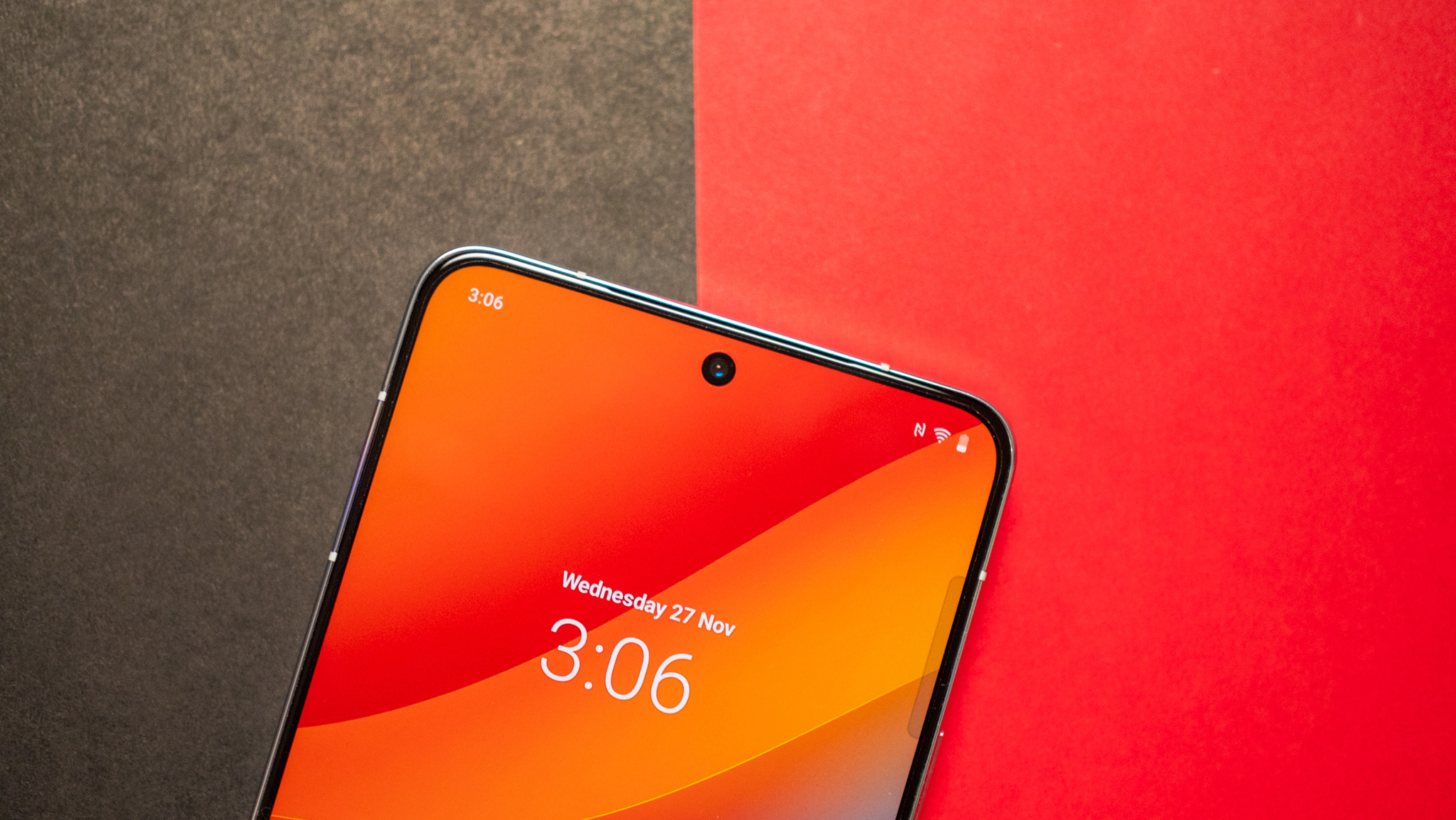
There's stereo sound as well, and it gets loud and detailed enough that I didn't see any issues in regular use. Color vibrancy is decent out of the box, although the hues on my unit tended to skew a little cooler. Thankfully, you get the ability to manually adjust color warmth, and switch to Bright or Professional modes. You even get the ability to dynamically adjust colors based on ambient light.
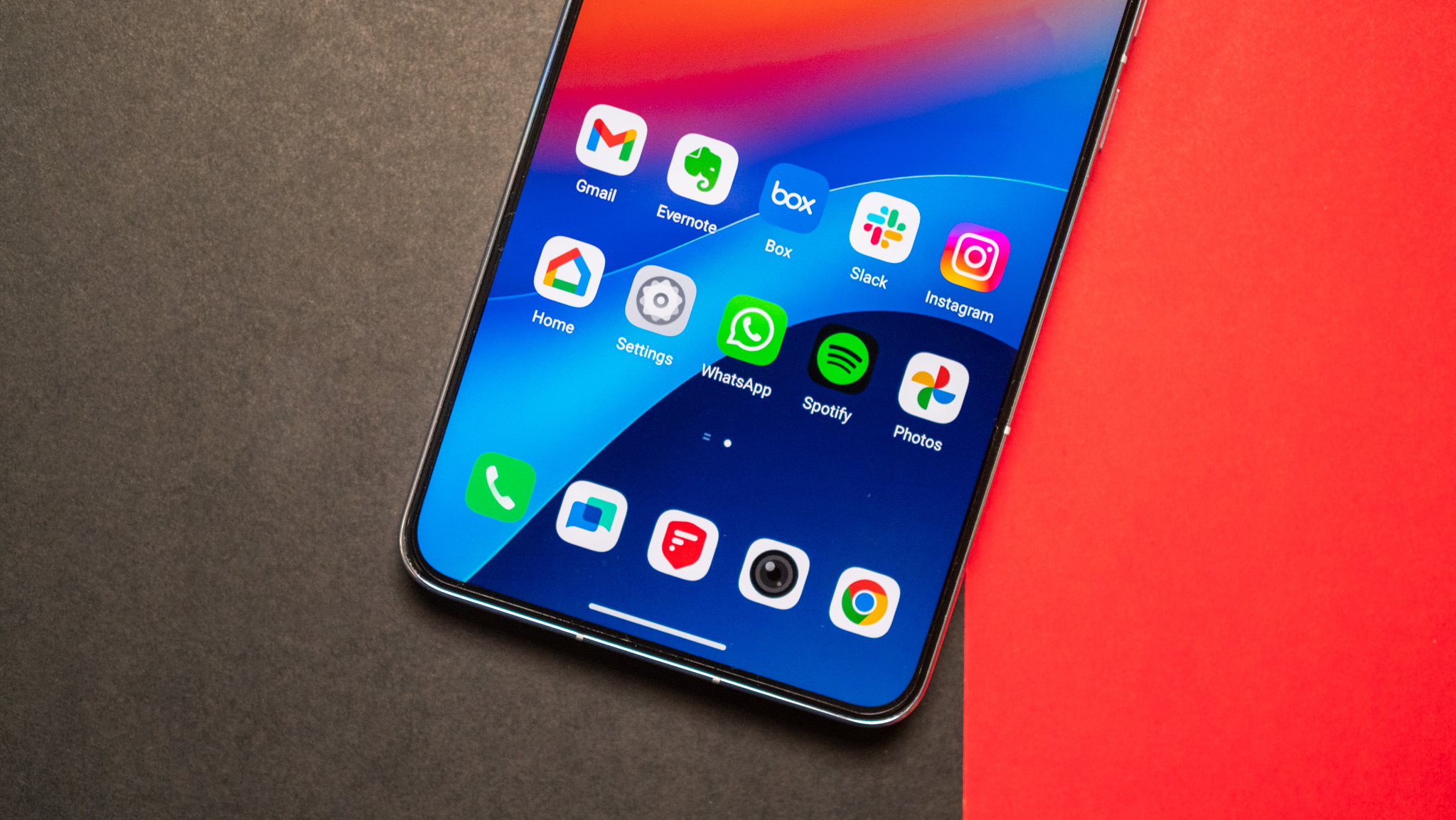
The panel has QHD resolution this time (3168 x 1440), and the increased pixel density makes a difference in daily use — you get two additional lines of text while browsing. Another trait I like is the suite of eye protection features iQOO is rolling out with this generation; the iQOO 13 has 2592Hz PWM dimming at all brightness levels, making it a great choice if you're sensitive to DC dimming. It also has something called anti-fatigue brightness adjustment, which basically tweaks brightness levels over time to reduce strain.
There's also a circular polarized tech, which claims to reduce dry eyes and fatigue by decreasing the glare coming from the panel. As is the case with all phones in this category, you get LTPO as standard, and the panel is able to go down to 1Hz when viewing images or in always-on mode. On that subject, you get always-on styles similar to most Vivo phones running Funtouch OS, but there are a few unique to iQOO.
iQOO 13: Performance and battery
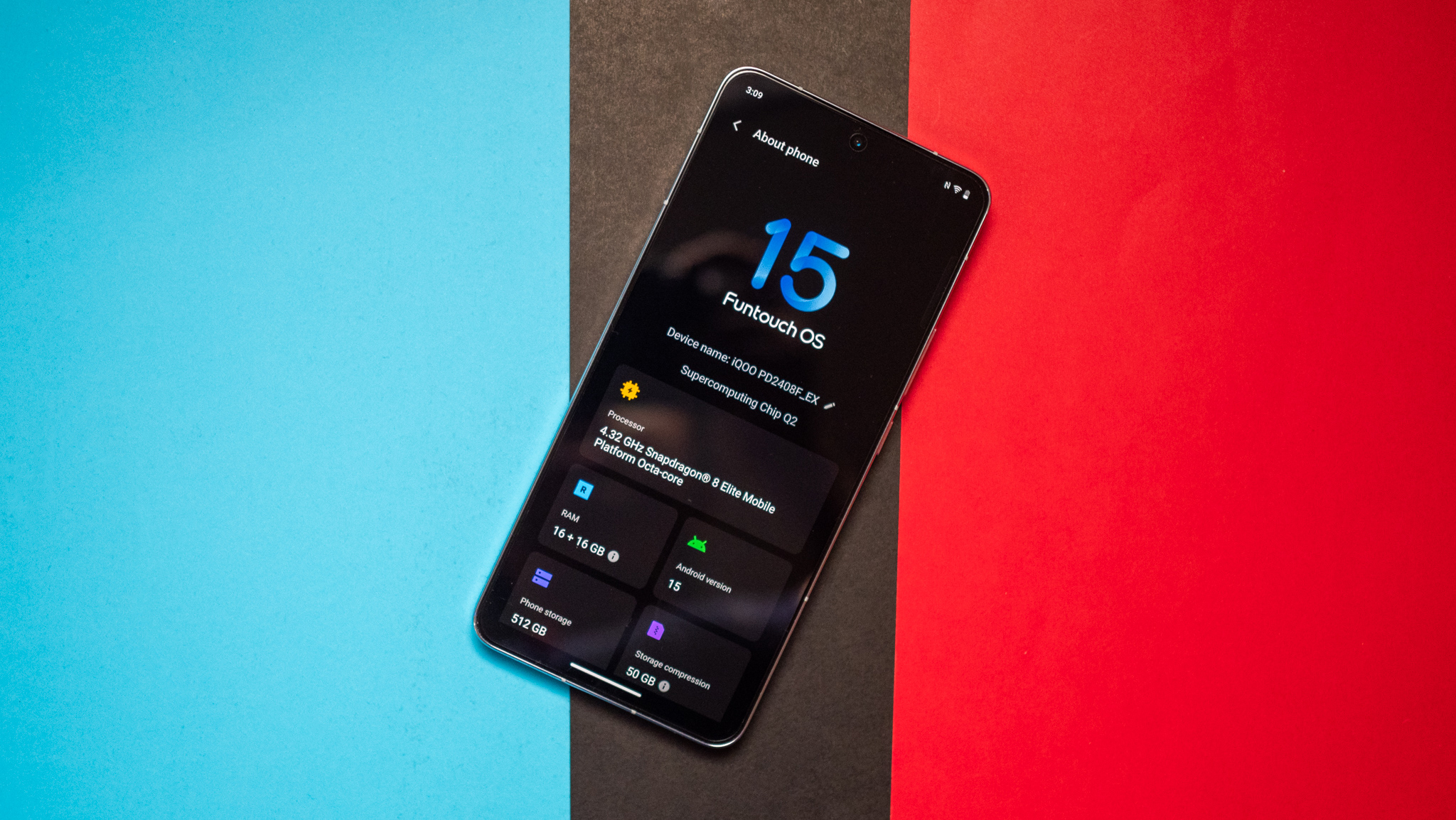
Obviously, a big selling point of the iQOO 13 is that it comes with the latest Qualcomm Snapdragon 8 Elite. Although most phones powered by the silicon cost upwards of $1,000, the iQOO 13 has the distinction of being the most affordable of the lot, coming in at the equivalent of $630.
Without burying the lede too much, what I can tell you right now is that the iQOO 13 is a performance beast. It blazes through daily use cases without breaking a sweat, and it handles demanding games just as well. I didn't see any issues with overheating, and while the phone is on the conservative side with thermals, it doesn't throttle anywhere as early as its predecessor.
| Category | OPPO Find X8 Pro | iQOO 13 |
|---|---|---|
| PCMark Work 3.0 (Overall) | 16435 | 16043 |
| PCMark Work 3.0 (Web Browsing) | 19410 | 16307 |
| PCMark Work 3.0 (Video Editing) | 6834 | 6899 |
| PCMark Work 3.0 (Writing) | 14464 | 20445 |
| PCMark Work 3.0 (Photo Editing) | 31693 | 39044 |
| Geekbench 6 (single-core) | 2747 | 2954 |
| Geekbench 6 (multi-core) | 8404 | 6650 |
| Geekbench AI (Quantized Score) | 1946 | 3915 |
| 3DMark Wild Life Extreme (score) | 6176 | 4514 |
| 3DMark Wild Life Extreme (FPS) | 36.985 | 27.025 |
| 3DMark Solar Bay (score) | 9308 | 7287 |
| 3DMark Solar Bay (FPS) | 35.395 | 27.695 |
The iQOO 13 scored significantly higher than the Dimensity 9400-based Find X8 Pro in Geekbench 6's single and multi-core tests, and it was twice as fast in Geekbench AI. While it doesn't quite measure up in 3DMark tests, it managed a better stability score of 75.9% in the demanding Steel Nomad Light stress test, and didn't go beyond 42 degrees Celsius.
While most games are still locked to 60fps, there are select titles that go up to 90fps and beyond. Interestingly, iQOO uses a custom Q2 chip to upscale games and boost framerates, and it does a great job in this regard. What I like the most is that it reduces jitter by maintaining a steady framerate, with the feature similar to what NVIDIA and AMD offer with G-Sync and FreeSync.
I'm using the 16GB/512GB model of the iQOO 13, and I didn't run into any issues with the storage or memory. Multitasking is handled effortlessly, and the software is stable and optimized to take advantage of the silicon. You get the entire suite of AptX codecs, and there's Wi-Fi 7, Bluetooth 5.4, NFC, and dual-band GPS.
The vibration motor has been overhauled, and it delivers much better feedback this time around. You can adjust the intensity of the feedback, and while the Find X8 Pro and Vivo X100 Ultra still have an edge in this area, there is a noticeable difference over the iQOO 12.
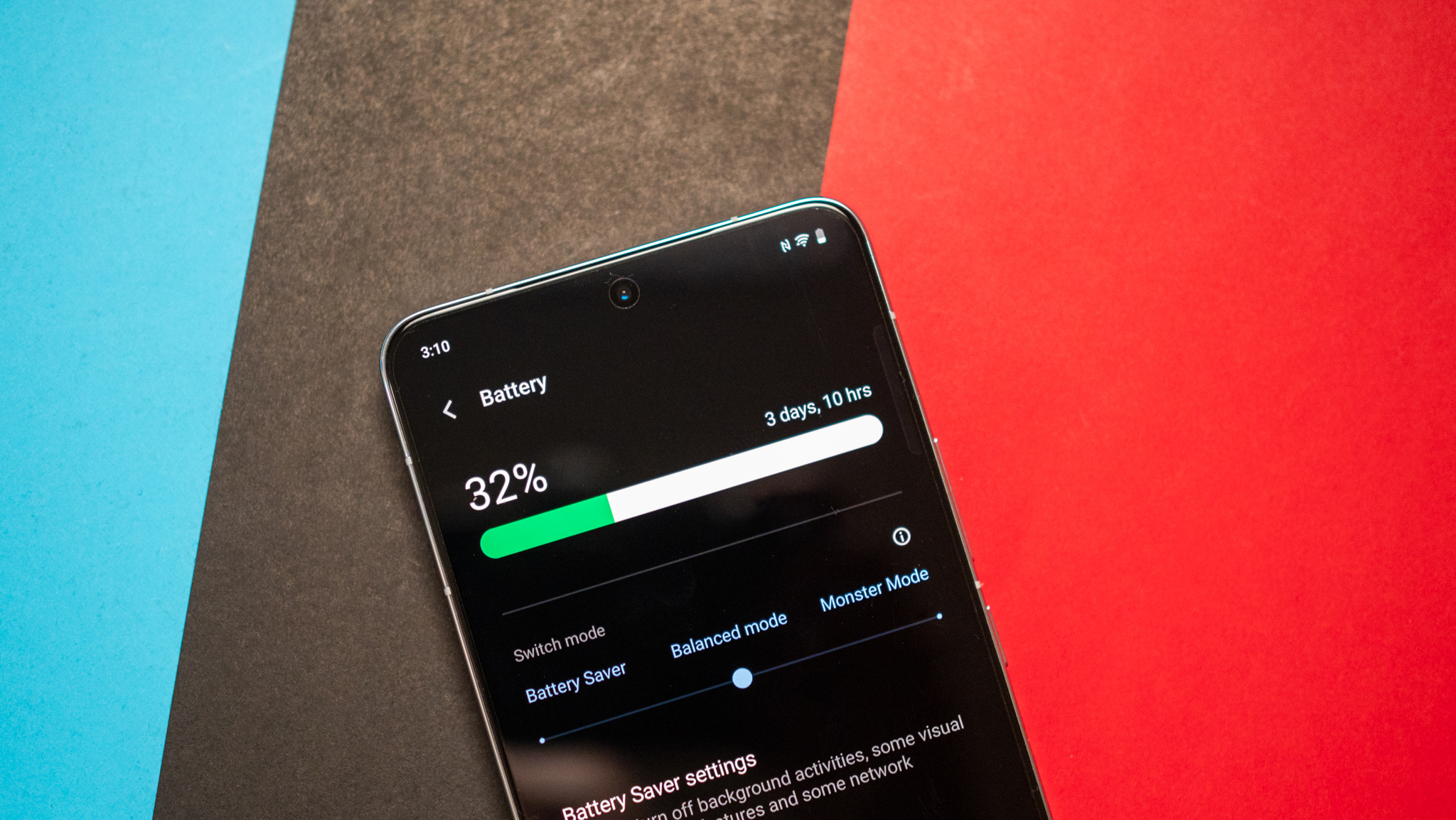
The iQOO 13 comes with a huge 6,150mAh battery, although the Indian variant has a slightly smaller 6,000mAh battery. The increased battery size along with the efficiency gains of Qualcomm's latest silicon means you get a huge uptick in battery life, and I got at least two days of use between charges. Even with heavy use, I didn't have to charge the iQOO 13 within the two-day window; it is one of the best devices I used in this regard.
The increase in battery size is attributed to the switch to a silicon-carbon anode. Going this route allows brands to increase battery density, and that's why most Chinese-branded phones in 2025 have heady gains in this area. The limitation is that there's a single cell, but as the iQOO 13 uses Vivo's 120W charging tech, it takes just 34 minutes to fully charge the device.
It went up to the 50% mark in just 14 minutes, taking another 20 minutes to get the rest of the way. Honestly, if you need two-day battery life and the best charging tech currently available, the iQOO 13 is hard to beat.
iQOO 13: Cameras
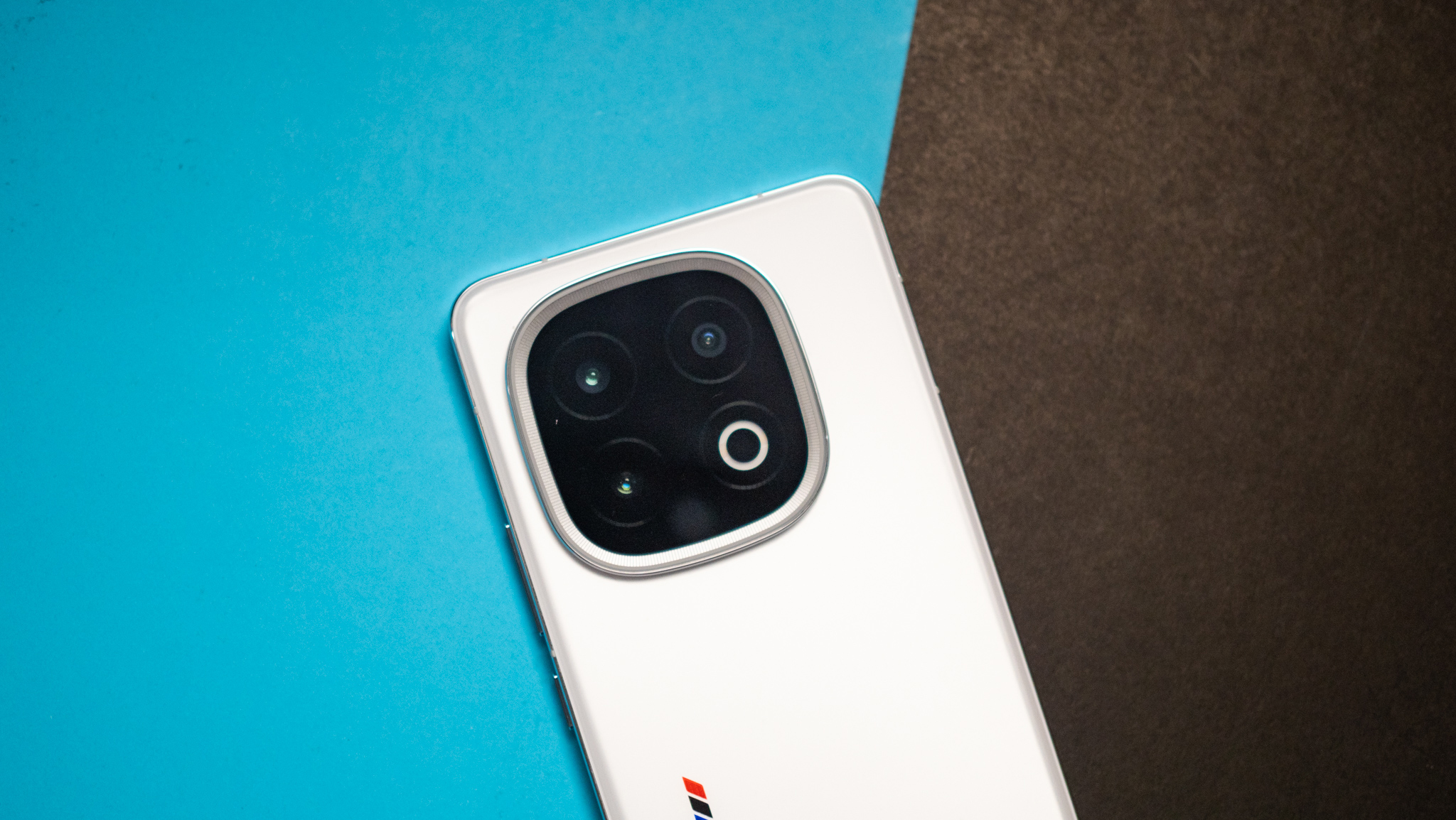
The iQOO 13 gets a trio of 50MP cameras at the back, including a 50MP Sony IMX921 with 1/1.56-inch sensor and OIS, 50MP Samsung JN1 wide-angle lens with autofocus, and a 50MP Sony IMX816 telephoto with 2x optical zoom and OIS. If that sounds familiar, it's because the cameras are identical to the Vivo V40 Pro — and the V30 Pro. The front camera is different, and it's using a 32MP module.
The camera interface itself is identical to last year; you get the shooting modes in a grid at the bottom, and you can easily switch between the various lenses. The phone has a Humanistic street mode that boosts the contrast and adds a heavy vignette to the shots, resulting in images that look very different to what you get from the regular modes.
When it comes to videos, all the lenses at the back can shoot 4K60, and that's good to see. There's decent stabilization, and while the resultant footage isn't quite on the same level as other flagships I used, it is better than the iQOO 12.

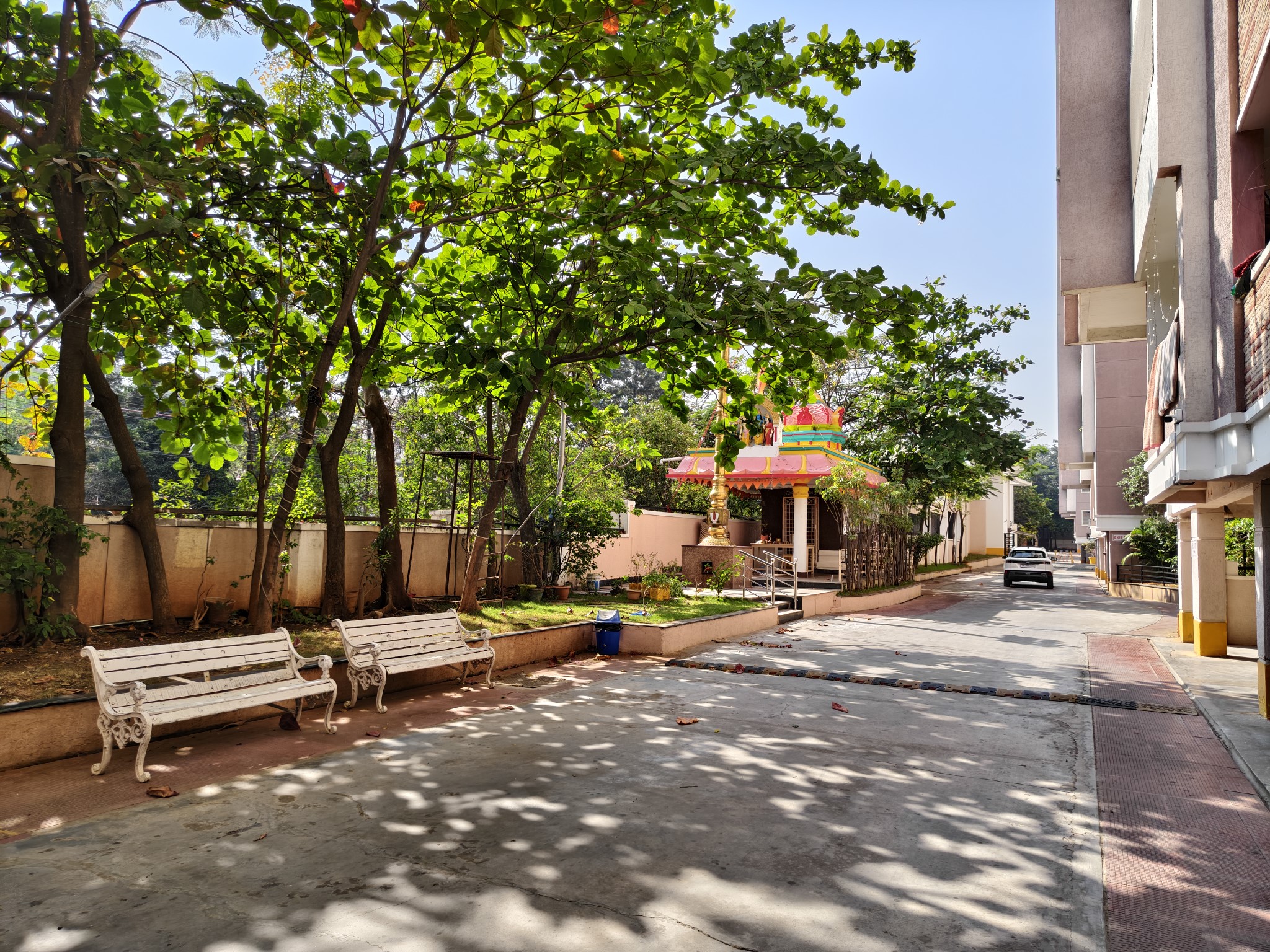
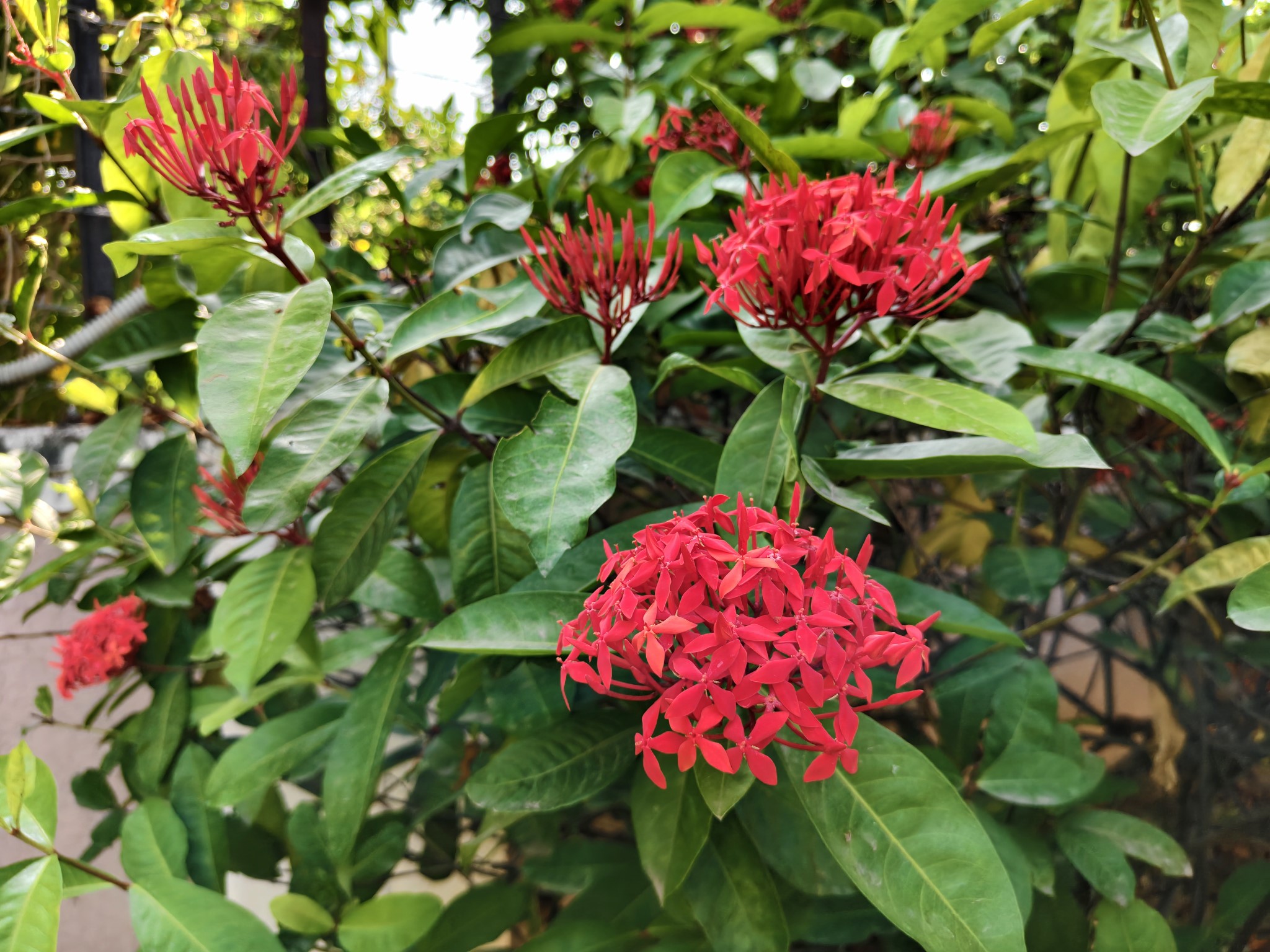
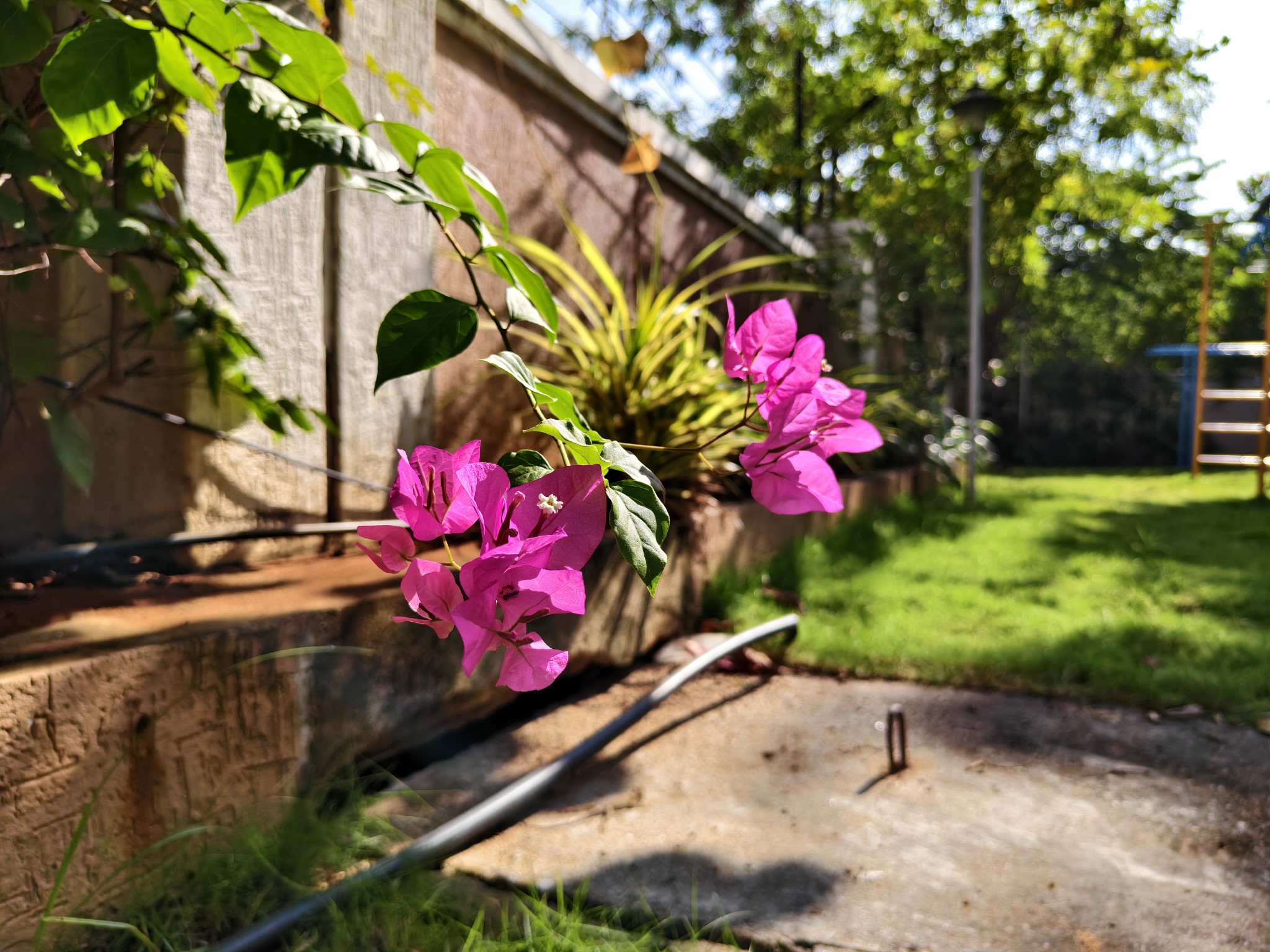

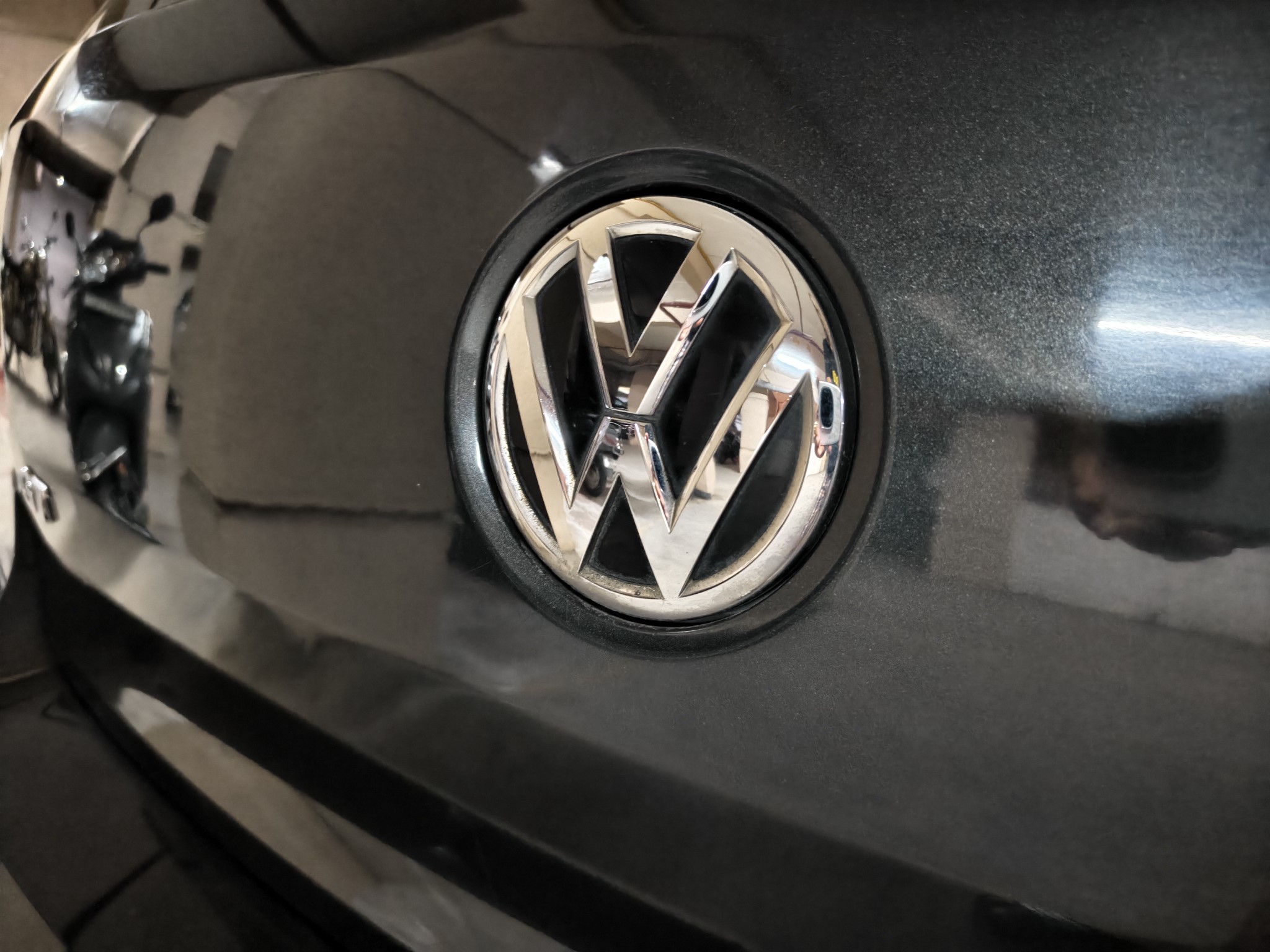

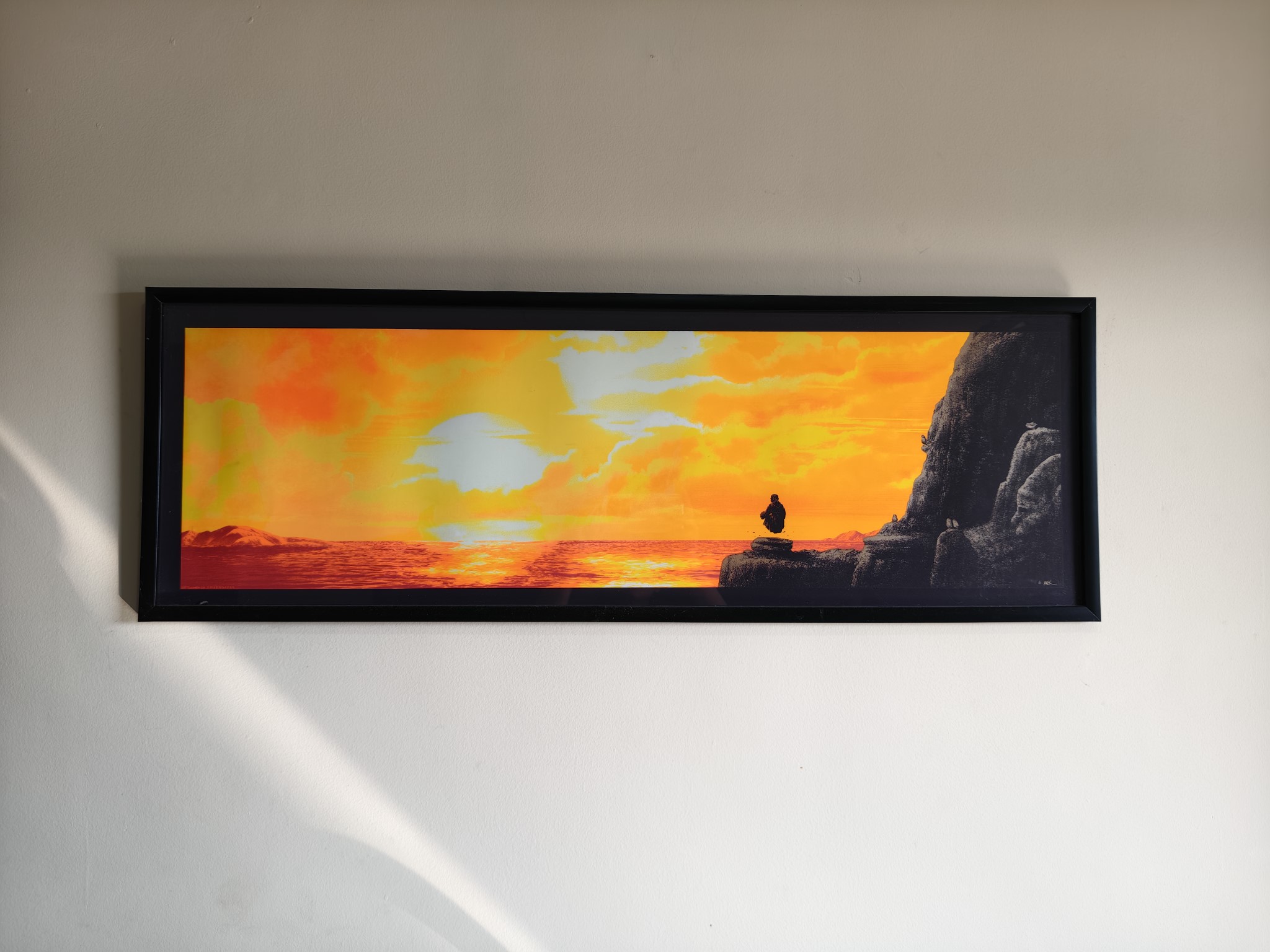
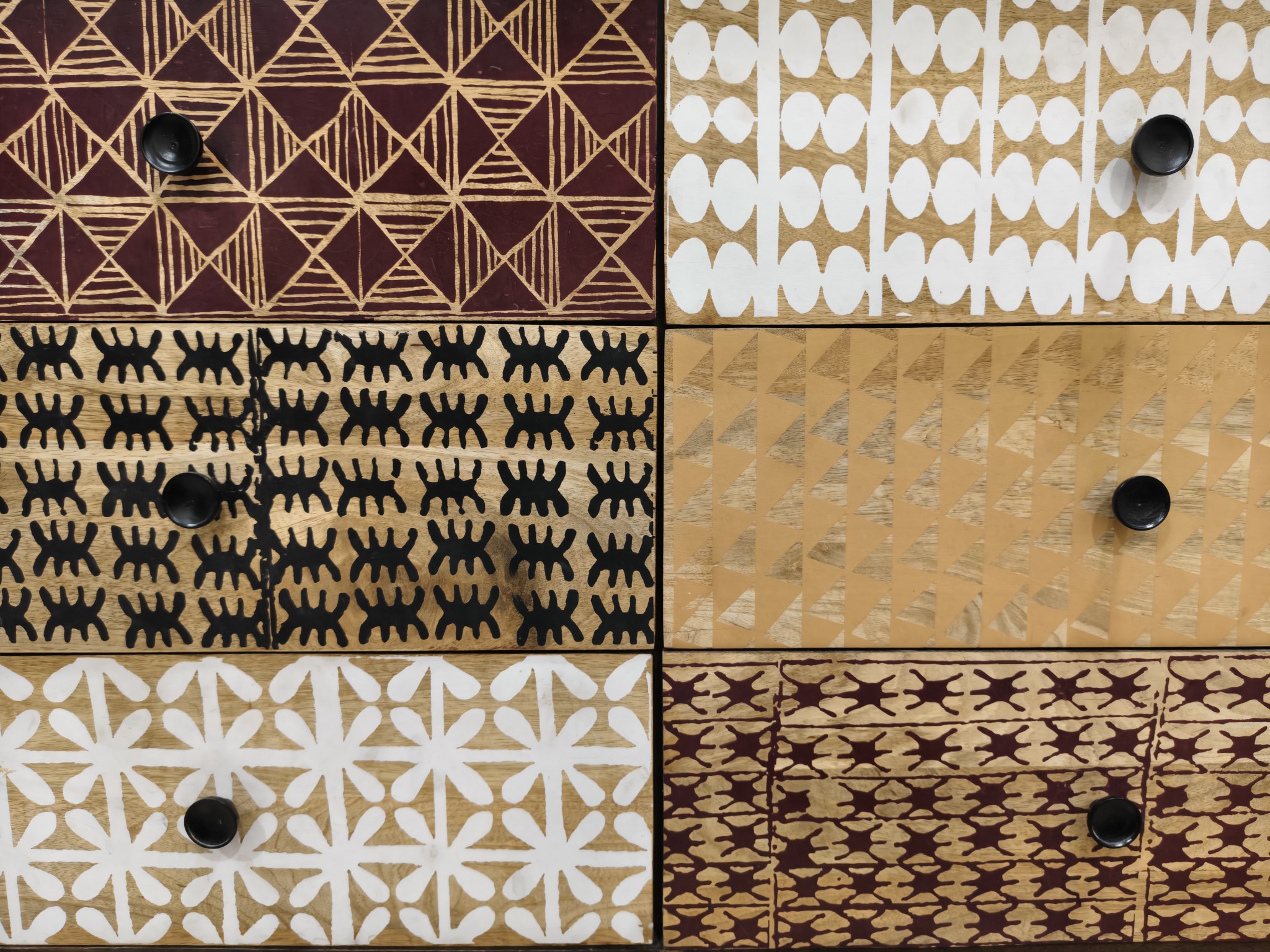
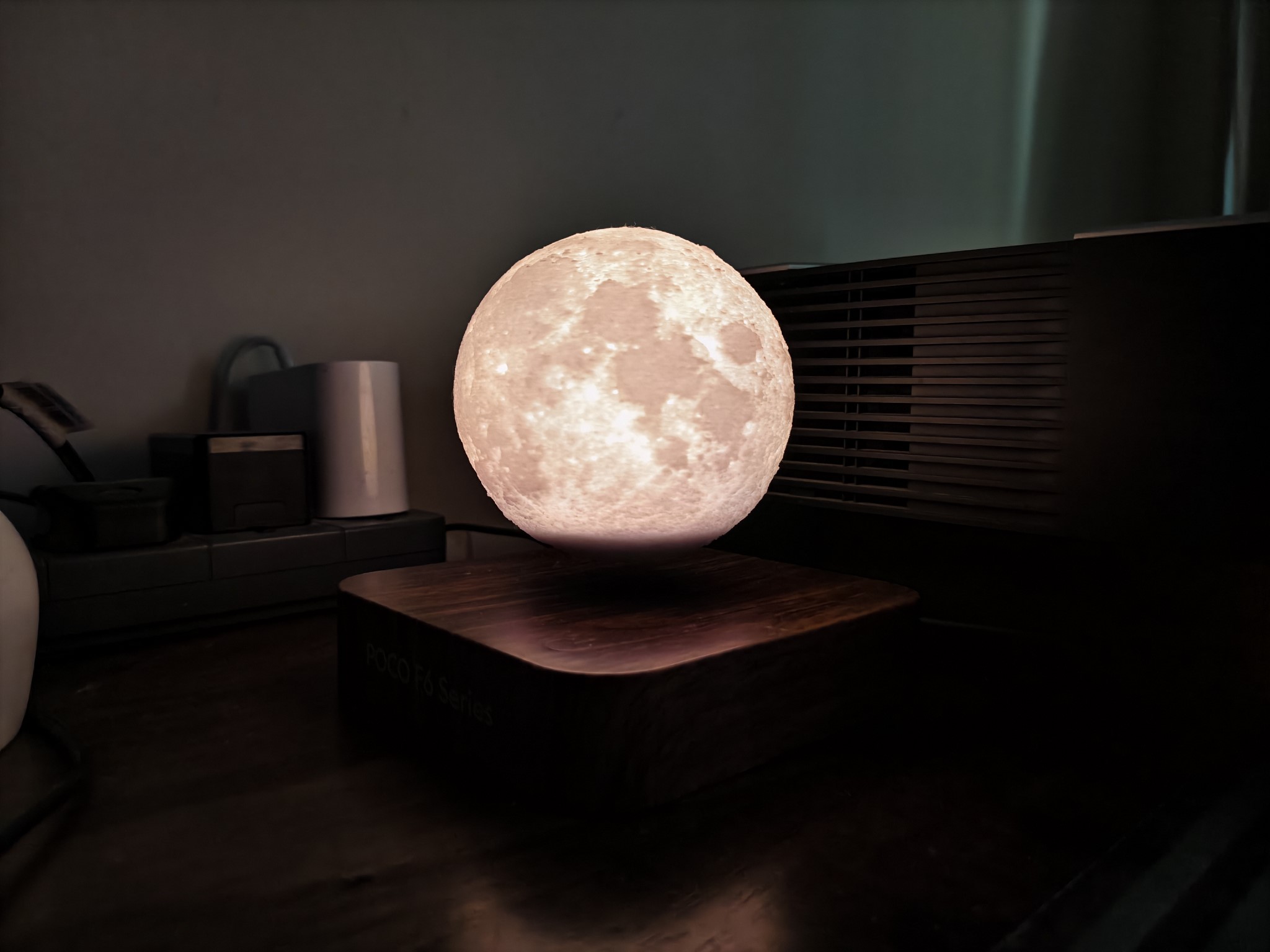



The iQOO 13 takes fantastic photos in daylight scenarios, producing shots with great dynamic range and color accuracy. Just like the V40 Pro, foliage doesn't have the best definition, but outside of that, I don't have any issues with the camera as such. The phone does just as well in low-light shots, and while you don't get quite the same color vibrancy as the Vivo X100 Ultra, X100 Pro, Find X8 Pro, or other flagships, it delivers usable photos.
The wide-angle lens also does a great job in its own right, as does the 2x lens. Obviously, having a 3x zoom lens would be ideal, but you miss out on that, and while I got usable shots at up to 5x, it isn't the same as having a dedicated optical zoom lens with a greater zoom factor. The auxiliary lenses don't quite measure up at low-light, and this is where you see the biggest difference to the likes of the X100 Pro.
Ultimately, the iQOO 13 posts a strong showing, and while I put the phone one tier below other flagships, it does a much better job than its predecessor, and it is one of the best in this category. Yes, you'll get better photos out of the Vivo X100 Pro or the Find X8 Pro, but you'll also need to shell out much more cash.
iQOO 13: Software
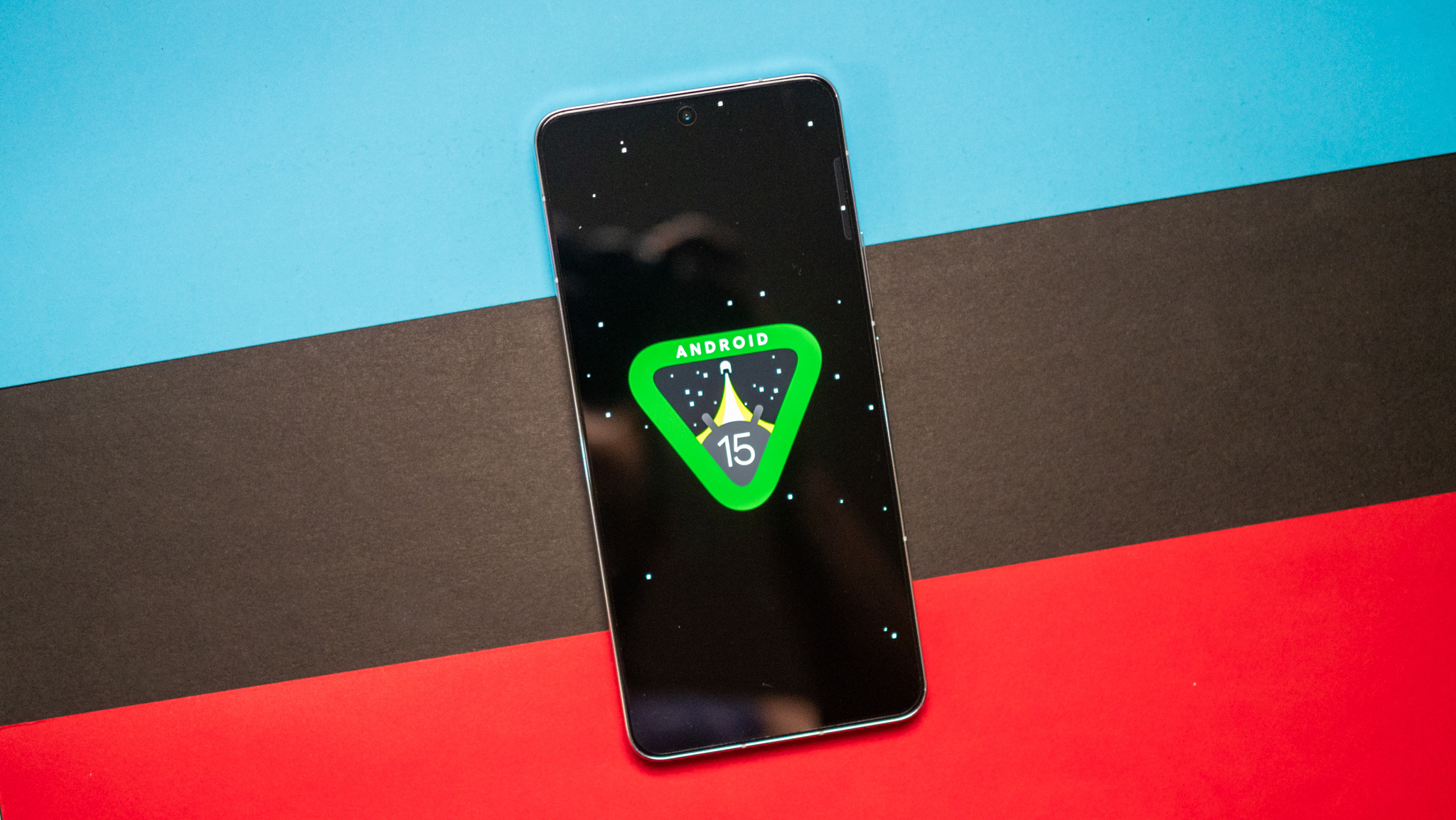
There isn't much to talk about on the software front. The iQOO 13 runs Vivo's Funtouch OS 15 based on Android 15 out of the box, and while it is technically new, the UI is visually unchanged to last year. You get the same notification pane, similar styling throughout, and the same customizability.
That said, the interface is fluid, and notably, it doesn't feel quite as iOS-esque as ColorOS 15, and that's an ironic turnaround considering the software's roots. Anyway, what you need to know is that the styling isn't cumbersome, and you get useful extras, including floating windows, a smart sidebar, and easy multitasking.
Interestingly, there's an RGB LED ring around the rear camera island dubbed Monster Halo, and it can be used for anything from notification and call alerts to battery notifications, and an atmospheric mode that cycles lighting effects. Look, I'm all-in on RGB lighting, but I didn't use this feature as much as it involves putting the phone face-down on a table, and I don't do that. But I'll have to admit that it is very cool, and you can customize colors and effects by going into the settings — it's called Dynamic light.
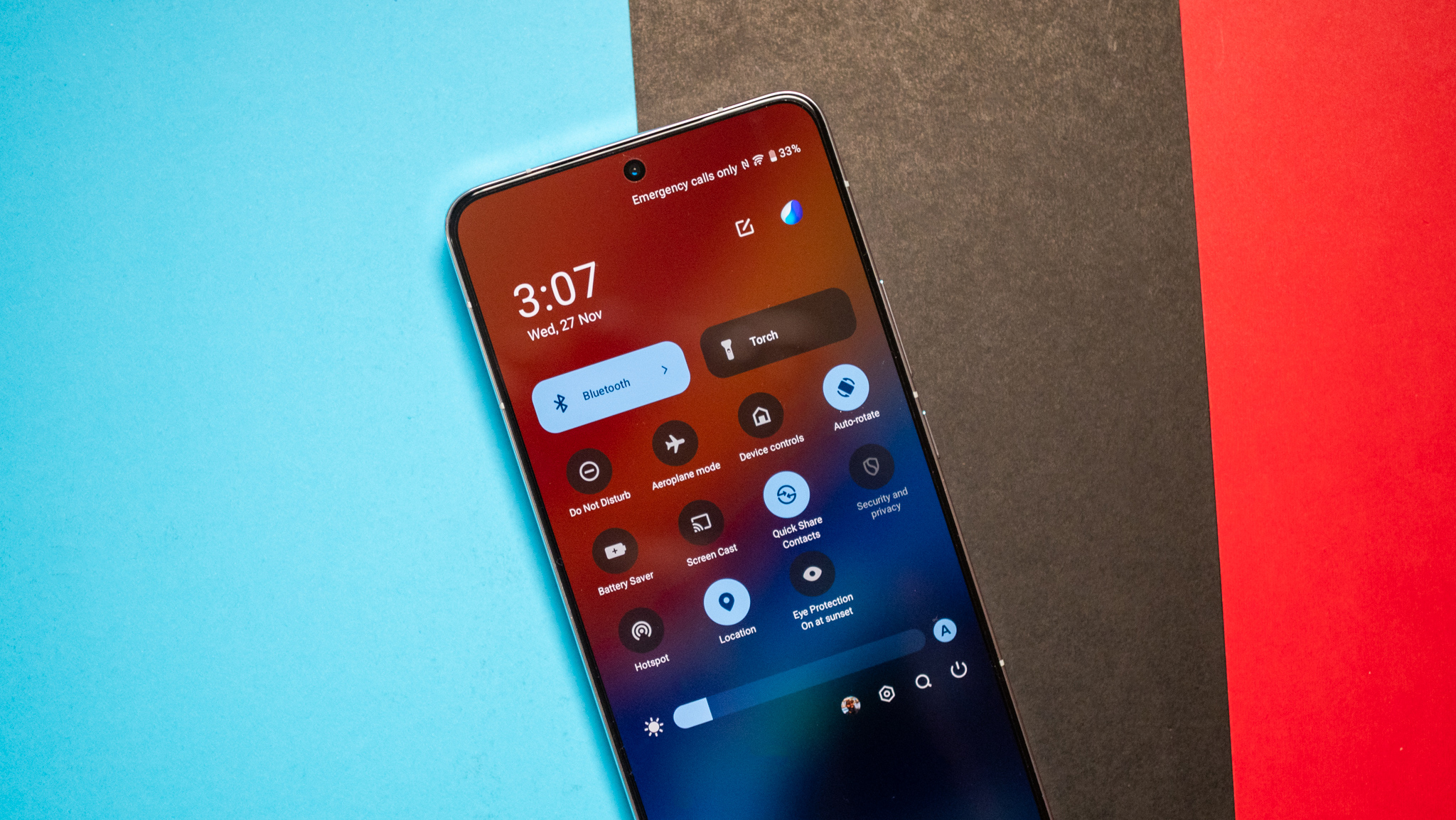
The only annoyance I ran into is that Funtouch is still a bit aggressive with memory management, so you'll need to go into the settings to disable optimization to get timely push notifications. Outside of that, I didn't see many problems. As is the case with every phone, you get a suite of AI-enabled features, and these mostly involve image editing — similar to Magic Eraser on the Pixels.
There's good news on the update side of things as well, with iQOO guaranteeing four Android OS updates alongside five years of security updates to the iQOO 13. That's one platform update more than what the iQOO 12 will pick up, and it's good to see iQOO matching Vivo in this regard. The phone picked up two software updates with stability tweaks and the latest security update, and it's good to see iQOO's phones getting the same level of attention as their Vivo siblings.
iQOO 13: The competition
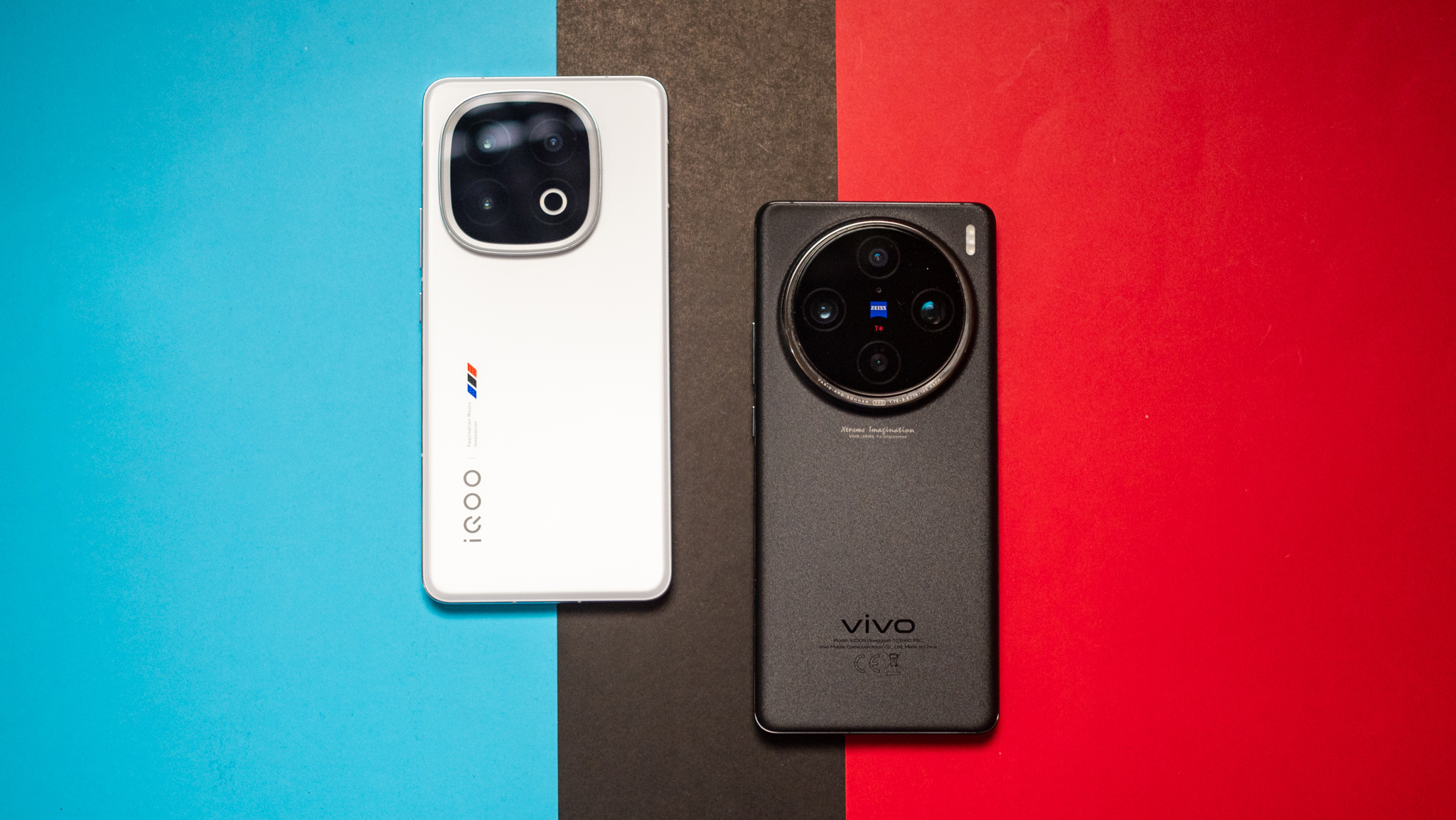
The 2025 launch cycle is about to heat up, and the iQOO 13 is going up against the OnePlus 13. That device also has a massive battery and 6.82-inch AMOLED panel, and it should take better photos. It comes down to what it costs in countries like India, but it is unlikely to deliver the same value as the iQOO 13.
Although the X100 Pro is considerably more costly, it has one of the best camera packages of the year. If that's a key consideration, I'd recommend getting the X100 Pro instead; otherwise, the iQOO 13 is the better bargain by a long shot.
iQOO 13: Should you buy it?
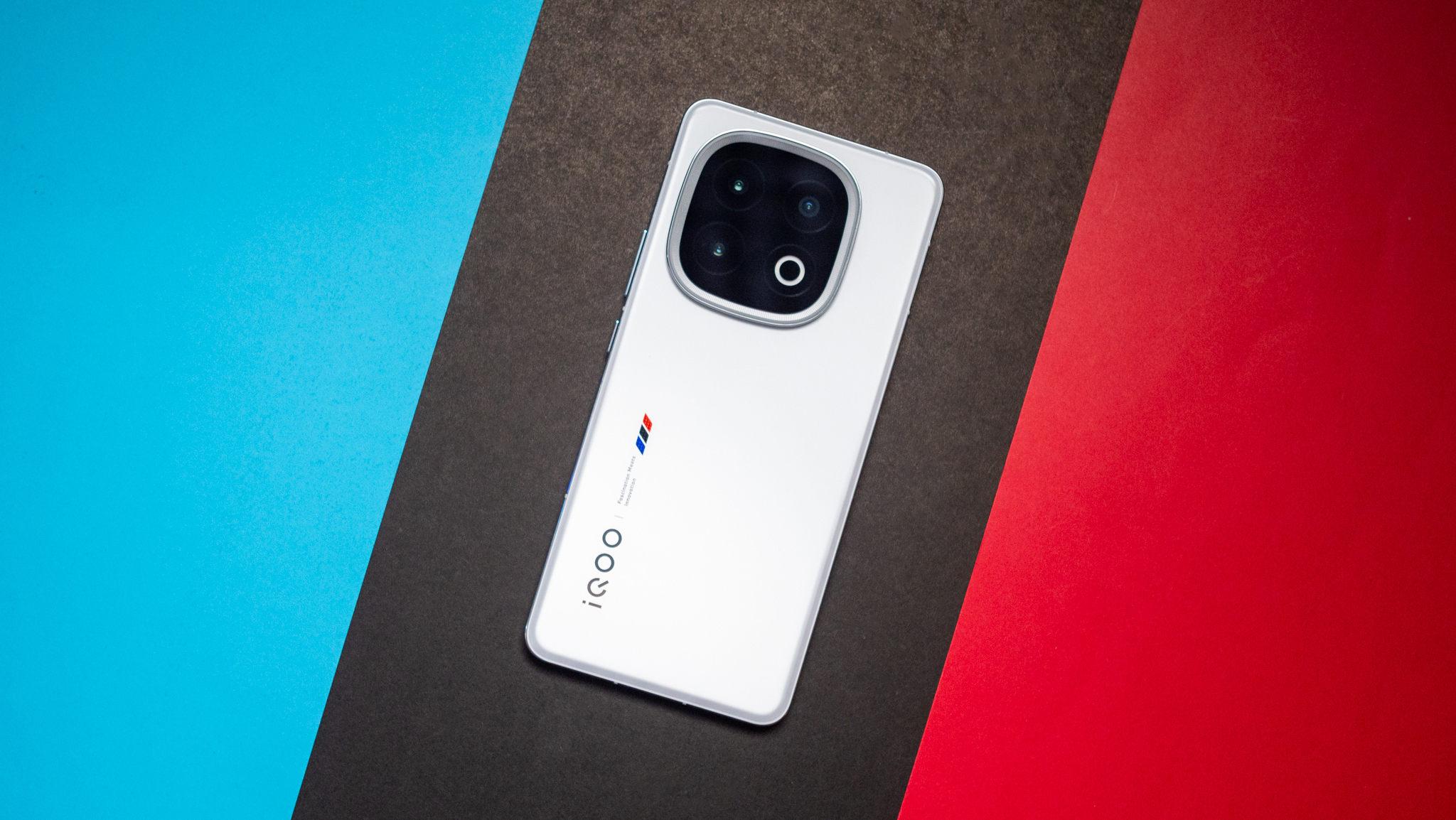
You should buy this if:
- You need the latest Qualcomm hardware
- You need the best battery life
- You want a phone for gaming
- You need a big AMOLED panel that's eye-friendly
- You want good cameras
You shouldn't buy this if:
- You need the best telephoto lenses
- You want the best low-light photos
Ultimately, the iQOO 13 reinforces the fact that you don't need to spend north of $1,000 to get flagship-tier quality. The phone has the latest Qualcomm hardware, a high-quality AMOLED display with useful features, fluid software, and it will pick up long-term software updates.
The phone does a brilliant job at gaming, and it isn't hard to see why — iQOO is clearly targeting a younger audience with the device, and the unique additions allow you get stable framerates without worrying about overheating. On that note, the battery life is the best of any device I used this year, and you'll only need to charge the phone every two days on average.
There are decent upgrades with the cameras as well, and while the iQOO 13 doesn't quite measure up to the Find X8 Pro or Vivo X100 Ultra, it is much better than its predecessor in this regard, and that's an achievement in and of itself. Overall, if you need the best hardware but don't want to shell out quite as much cash, the iQOO 13 is the best choice.

Harish Jonnalagadda is Android Central's Senior Editor overseeing mobile coverage. In his current role, he leads the site's coverage of Chinese phone brands, networking products, and AV gear. He has been testing phones for over a decade, and has extensive experience in mobile hardware and the global semiconductor industry. Contact him on Twitter at @chunkynerd.
You must confirm your public display name before commenting
Please logout and then login again, you will then be prompted to enter your display name.
